Time Blocking for Productivity: Google Calendar Tips and Tricks
Dec 20, 2023
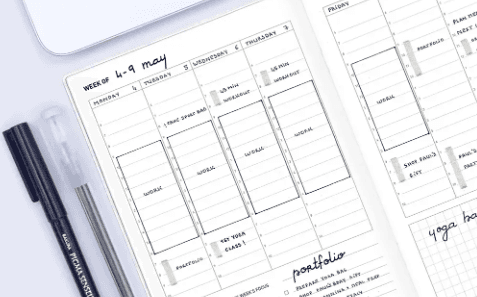
We all have the same 24 hours in a day, but some of us seem to get a lot more done than others. If you feel like you're always running out of time, it might be time to start using time blocking.
Time blocking is a productivity technique that involves setting aside specific blocks of time to work on specific tasks. This helps you to focus and avoid distractions so that you can get more done in less time.
Here are some tips and tricks for using time blocking with Google Calendar:
1. Create a separate calendar for blocked time.
This will help you keep track of your blocked time and see at a glance how much time you have available to work on each task. You can also use this calendar to schedule breaks so that you don't overwork yourself.
2. Set realistic time blocks.
Be realistic about how long each task will take and don't try to pack too much into one block of time. Otherwise, you'll just end up feeling frazzled and stressed out.
3. Use the Google Calendar reminders feature.
Set reminders for each block of time so that you don't forget what you're supposed to be working on. This will help you stay on track and avoid getting sidetracked by other tasks.
4. Make use of the Google Calendar mobile app.
The Google Calendar mobile app makes it easy to access your calendar on the go and add new events or tasks as needed. This is ideal for when you need to make last-minute changes to your schedule or if you get an unexpected free moment that you want to use for productive purposes.
5. Take advantage of Keyboard shortcuts.
There are a few keyboard shortcuts that can save you time when using Google Calendar. For example, pressing "c" will create a new event, "e" will edit an existing event, and "d" will delete an event. Familiarizing yourself with these shortcuts will help you save time when making changes to your calendar.
What is Time Blocking?
Time-blocking is a time management technique that can be used to increase productivity and focus. The idea is to block out time in your schedule for specific tasks or activities, and then to stick to that schedule as closely as possible. This can help to reduce distractions and make it easier to focus on the task at hand.
There are a few different ways to time-block your schedule. One option is to use a paper planner or calendar to physically block out time slots for each task. Another option is to use a digital calendar, such as Google Calendar, to create time blocks.
If you're new to time-blocking, it can be helpful to start with just a few blocks each day. As you become more comfortable with the system, you can add more blocks or make them longer. It's also important to be flexible and to adjust your schedule as needed. If a time block isn't working out, don't be afraid to move it or adjust it.
Here are a few tips and tricks for using Google Calendar to time-block your schedule:
1. Create a new calendar for time-blocking. This can be a separate calendar from your personal or work calendar.
2. Label each time block with the task or activity you'll be working on during that time. For example, you might have blocks labeled "writing," "research," "email," etc.
3. Set a reminder for each block. This can help to ensure that you stick to your schedule.
4. Make use of the "notes" section. This can be used to jot down ideas, to-do items, or anything else related to the task at hand.
5. Use the "repeat" feature to create recurring blocks. This can be helpful for tasks that need to be done on a daily or weekly basis.
6. Share your calendar with others. If you're working on a team project, this can be a great way to keep everyone on track.
Time-blocking can be a helpful tool for increasing productivity and focus. By using a calendar to schedule out time for specific tasks, you can reduce distractions and better utilize your time.
Benefits of Time Blocking for Productivity
Time blocking is a productivity strategy that can be used to help you manage your time more effectively. The basic principle behind time blocking is to Dedicate Specific Time Slots for Specific tasks. This means that you would set aside a specific amount of time to work on a specific task, and during that time, you would not allow yourself to be distracted by other tasks or obligations.
There are many benefits to using time blocking as a productivity strategy. One of the main benefits is that it can help you to focus on a task more easily. When you know that you only have a certain amount of time to work on a task, you are less likely to allow yourself to be distracted by other things.
Another benefit of time blocking is that it can help you to better manage your time. This is because you can more easily see how much time you have available to work on tasks, and you can plan your day accordingly.
Lastly, time blocking can help to increase your productivity. This is because when you dedicate specific time slots for specific tasks, you are more likely to complete those tasks, and you are less likely to waste time on activities that are not productive.
If you are looking for a way to be more productive, then time blocking may be a strategy that you want to try. By setting aside specific times for specific tasks, you can focus more easily on those tasks, and you can better manage your time overall.
How to Set Up Time Blocking with Google Calendar
If you're looking to boost your productivity, time blocking may be a good technique for you to try. Time blocking is a time management strategy where you break up your day into blocks of time dedicated to specific tasks. This can help you to stay focused and avoid multitasking, which can lead to wasted time and energy.
To set up time blocking with Google Calendar, first create a new calendar. Then, start by adding in any appointments or commitments you have for the day. Once you have your appointments blocked off, you can start adding in time blocks for specific tasks. Remember to be realistic with how much time you think each task will take.
One helpful tip is to use a different color for each type of activity. This will help you to quickly see at a glance what you have scheduled for the day. You can also add in notes for each time block so you remember what you need to do during that time.
Once you have your time blocked off, try to stick to your schedule as much as possible. Of course, there will be days where things come up and you have to adjust your schedule. But by using time blocking, you can help to increase your productivity and get more done in a day.
Tips for Effectively Using Google Calendar Time Blocking
Are you looking for ways to be more productive? If so, you may want to consider using a time blocking strategy. Time blocking is a time management technique that can help you make the most of your time.
One way to time block is to use a tool like Google Calendar. Google Calendar is a free online calendar that you can access from anywhere. It’s easy to use and comes with some handy features that can help you make the most of your time.
Here are some tips for effectively using Google Calendar time blocking:
1. Create a daily schedule
One of the first things you should do when time blocking with Google Calendar is to create a daily schedule. This will help you know how to best use your time.
To create a daily schedule, start by opening Google Calendar. Then, click on the “Create” button and select “Event.”
In the “What” field, enter the name of your event. For example, you may want to enter “Work on project X.”
In the “When” field, select the date and time that you want to work on your project. Then, click the “All day” box if you want to work on your project for an entire day.
If you want to work on your project for a specific amount of time, enter the start and end time in the “When” field. Then, click the “Repeats” drop-down menu and select “Does not repeat.”
Once you’ve entered the date and time for your event, click the “Save” button.
2. Set up reminders
Another useful tip for time blocking with Google Calendar is to set up reminders. This can help you stay on track and avoid forgetting about your commitments.
To set up a reminder, open Google Calendar and click on the “Create” button. Then, select “Event.”
In the “What” field, enter the name of your event. For example, you may want to enter “Work on project X.”
In the “When” field, select the date and time that you want to work on your project. Then, click the “All day” box if you want to work on your project for an entire day.
If you want to work on your project for a specific amount of time, enter the start and end time in the “When” field. Then, click the “Repeats” drop-down menu and select “Does not repeat.”
Next, click on the “More options” link. This will expand the “More options” section.
In the “More options” section, click on the “Add reminder” link. Then, select when you want to be reminded about your event.
You can choose to be reminded minutes, hours, or days before your event starts. You can also choose to be reminded when your event starts or when it ends.
Once you’ve selected when you want to be reminded about your event, click the “Save” button.
3. Add details to your events
Another helpful tip for using Google Calendar is to add details to your events. This can help you stay organized and have all the information you need in one place.
To add details to an event, open Google Calendar and click on the event that you want to add details to. Then, click on the “Edit” button.
In the “What” field, you can add a description of your event. For example, you may want to add the names of the people you’re meeting with or the tasks you need to accomplish.
You can also add a location to your event by clicking on the “Add location” link. This can be useful if you’re meeting someone at a specific place or if you need to go somewhere for your event.
Once you’ve added all the details you want, click the “Save” button.
4. Share your calendar with others
Another useful tip for using Google Calendar is to share your calendar with others. This can be helpful if you need to coordinate schedules with other people.
To share your calendar, open Google Calendar and click on the “Settings” button. Then, click on the “ sharing and synchronization options > View events from other calendars sharing option."
This will open the "Choose calendars to display" dialog box. Under "Other Calendars," select the check box next to the calendar you want to share then click "Close." Your selected calendar will now be displayed in your Google Calendar alongside your own calendar. If you want to stop sharing a calendar, simply uncheck the box next to the calendar in question sharing option."
5. Import and export calendars
If you want to use Google Calendar with other calendar applications, you can import and export calendars. This can be helpful if you need to move information between applications.
To import or export a calendar, open Google Calendar and click on the “Settings” button. Then, click on the “Import & export sharing option."
This will open the "Import & export" dialog box. To import a calendar, click on the "Import calendar" button and select the file you want to import. To export a calendar, click on the "Export calendar" button and select the file format you want to use.
Your Trello, Asana, ClickUp, Todoist tasks
on Google Calendar.
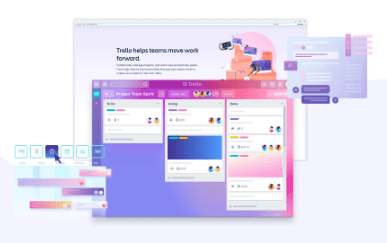
Visualizing Goals: Trello Boards for Long-Term Work Week Planning
Jan 1, 2024

Automation Hacks: Trello Integrations for Streamlined Workflows
Dec 31, 2023
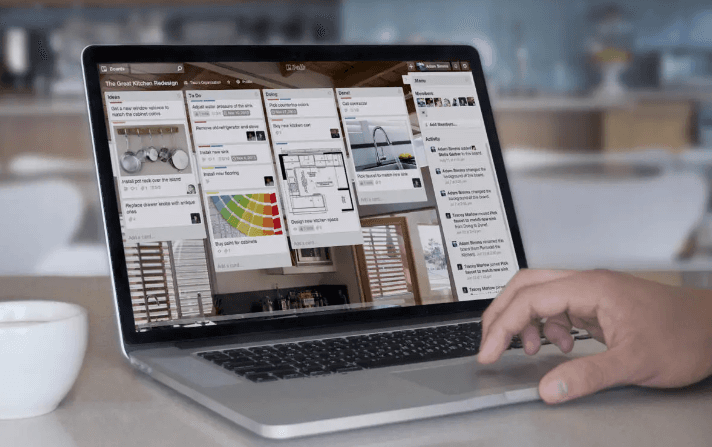
Collaborative Planning: Enhancing Team Productivity with Trello Boards
Dec 30, 2023

Task Prioritization: Trello Strategies for a Productive Work Week
Dec 29, 2023

From Goals to Reality: Long-Term Planning with Google Calendar and Time Blocking
Dec 24, 2023
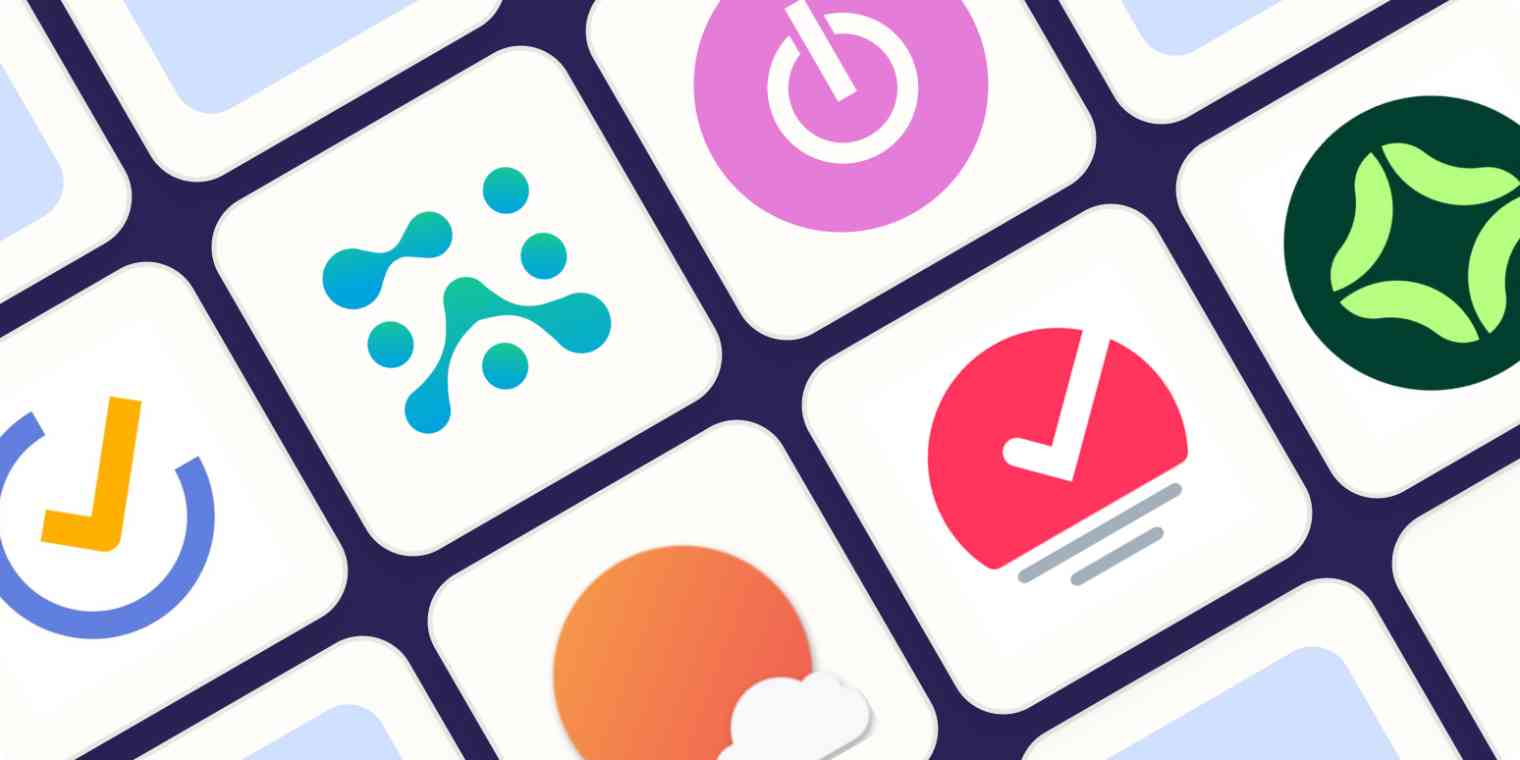
Optimizing Your Schedule: Google Calendar Apps for Enhanced Time Blocking
Dec 23, 2023
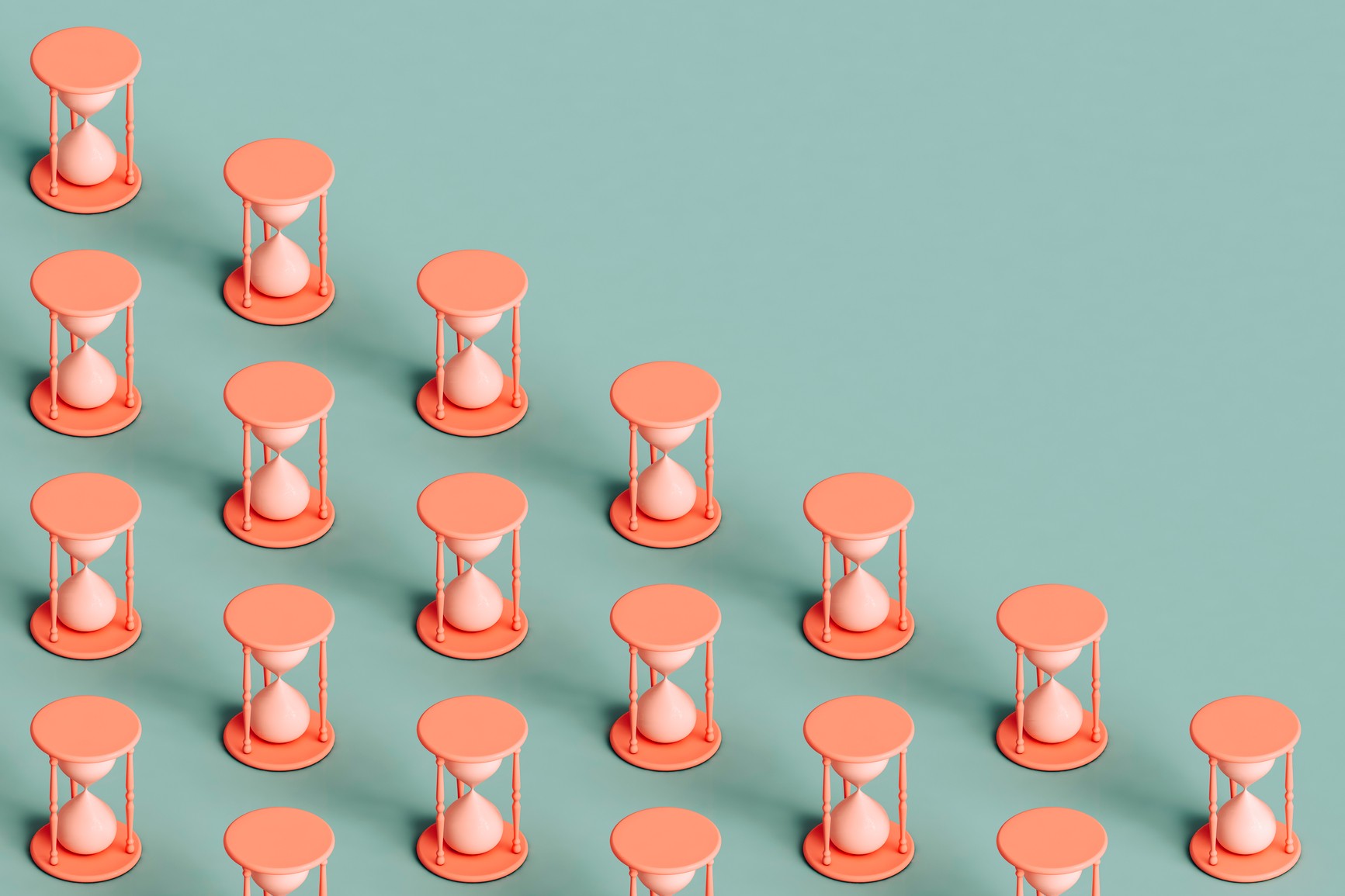
Collaborative Time Blocking: Using Google Calendar for Team Productivity
Dec 22, 2023

Balancing Work and Life: Time Blocking Strategies for Personal and Professional Harmony
Dec 21, 2023

Time Blocking for Productivity: Google Calendar Tips and Tricks
Dec 20, 2023
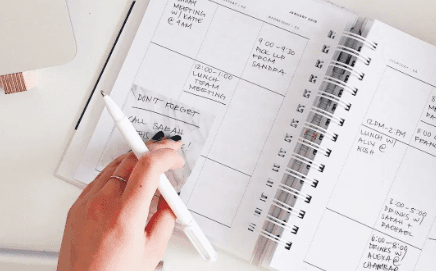
Mastering Your Time: A Comprehensive Guide on How to Use Google Calendar for Time Blocking
Dec 19, 2023

Advanced Customizations: Asana and Google Calendar for Power Users
Dec 15, 2023
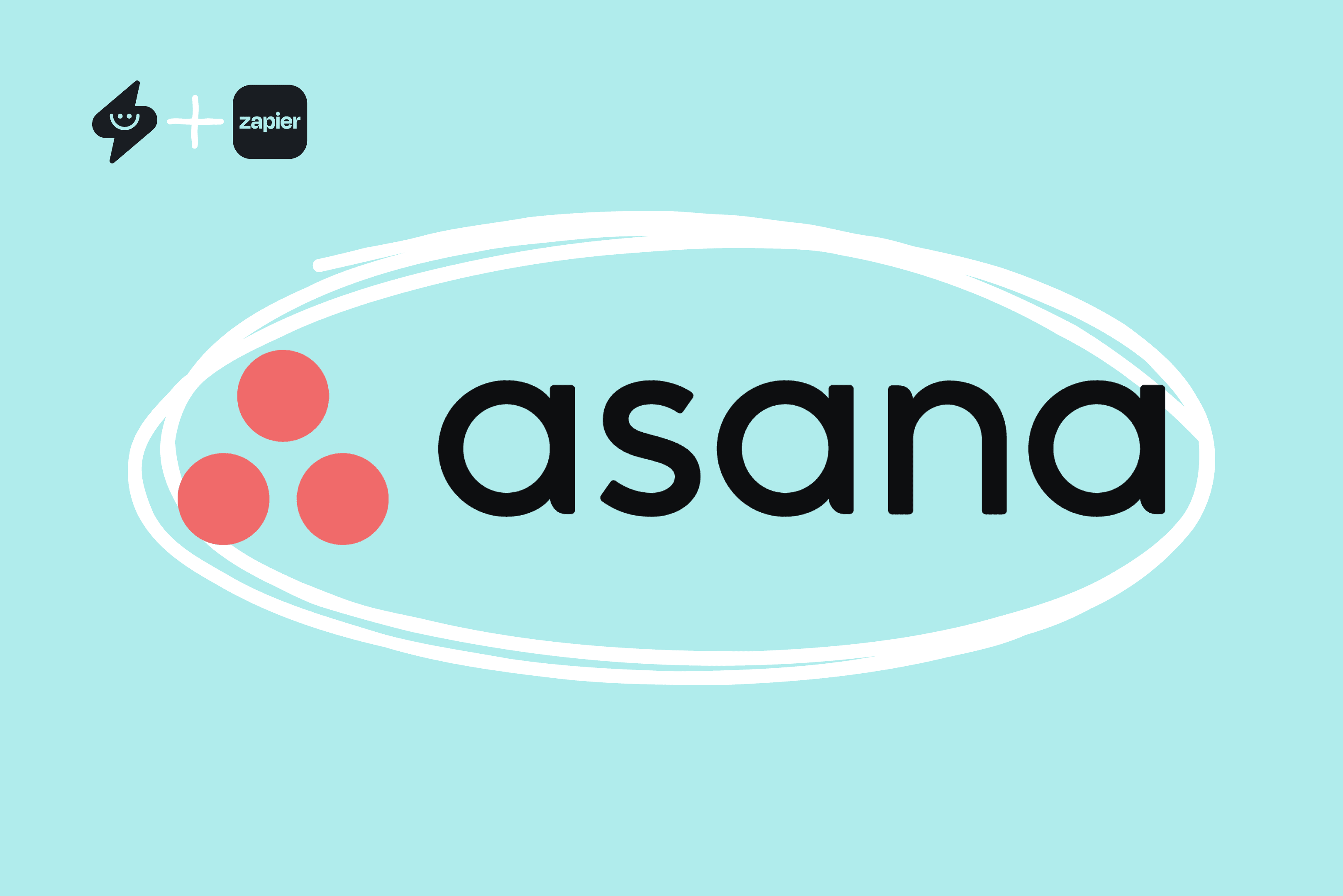
Automation Hacks: Asana Integrations and Google Calendar Efficiency
Dec 14, 2023
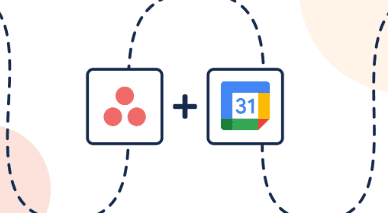
Team Collaboration Made Easy: Asana Projects and Google Calendar Events
Dec 13, 2023
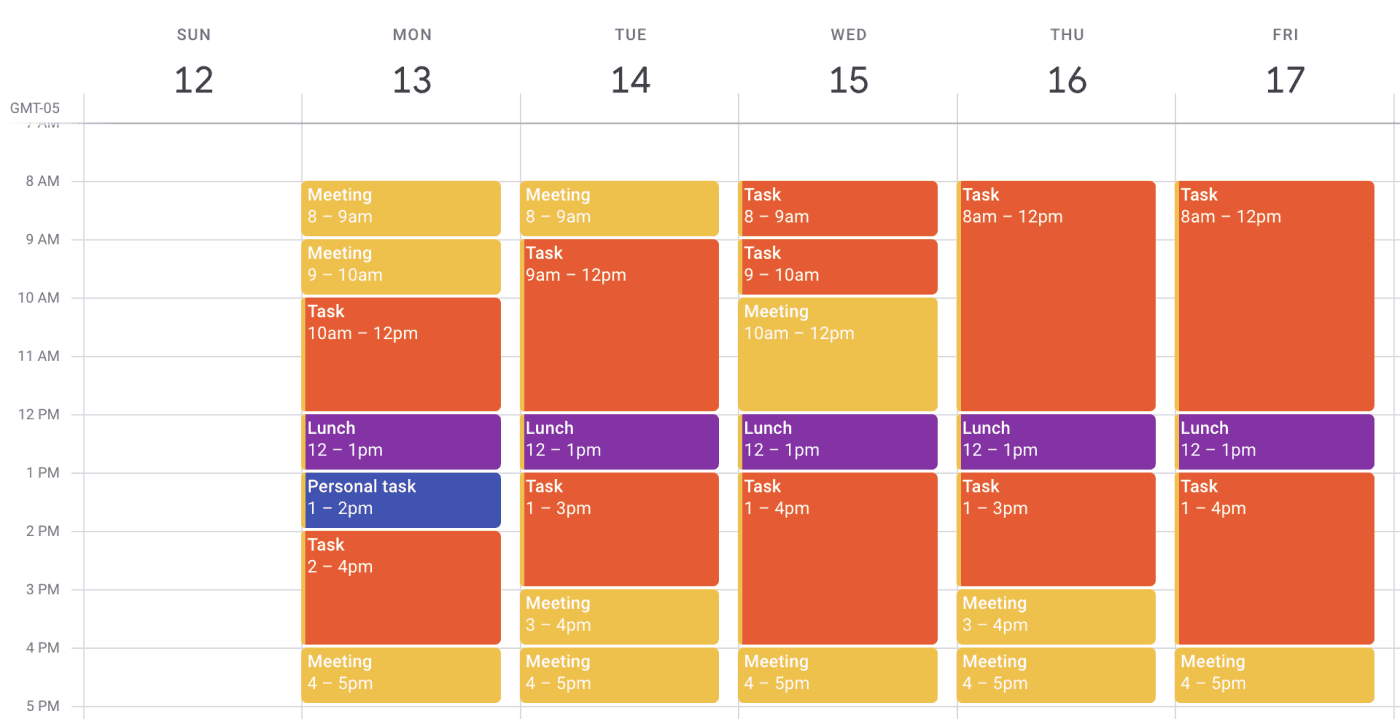
Time Blocking Techniques: Asana Tasks and Google Calendar Synergy
Dec 12, 2023
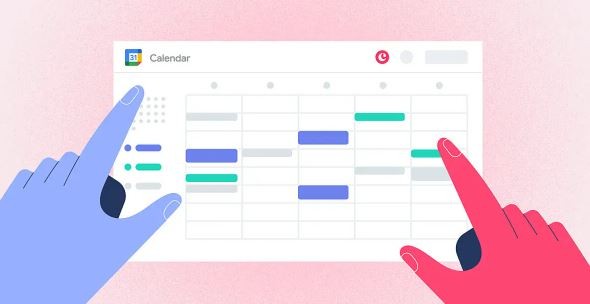
Syncing Asana Due Dates with Google Calendar: A Comprehensive Tutorial
Dec 11, 2023
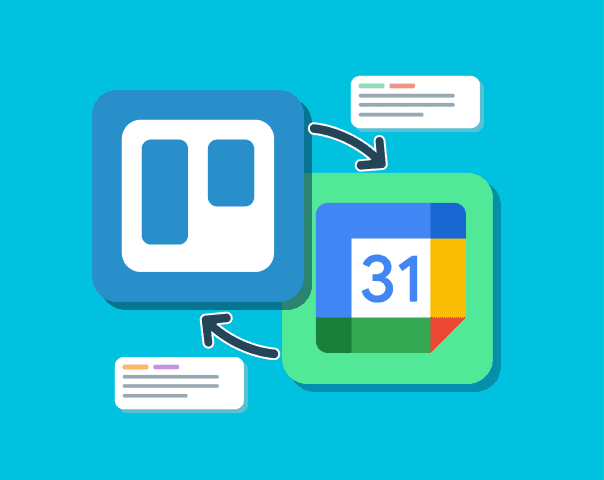
Advanced Customizations: Trello and Google Calendar for Power Users
Dec 10, 2023
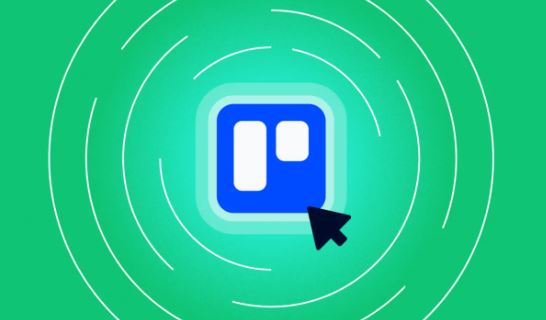
Collaborative Project Planning: Trello Teams and Google Calendar Events
Dec 9, 2023
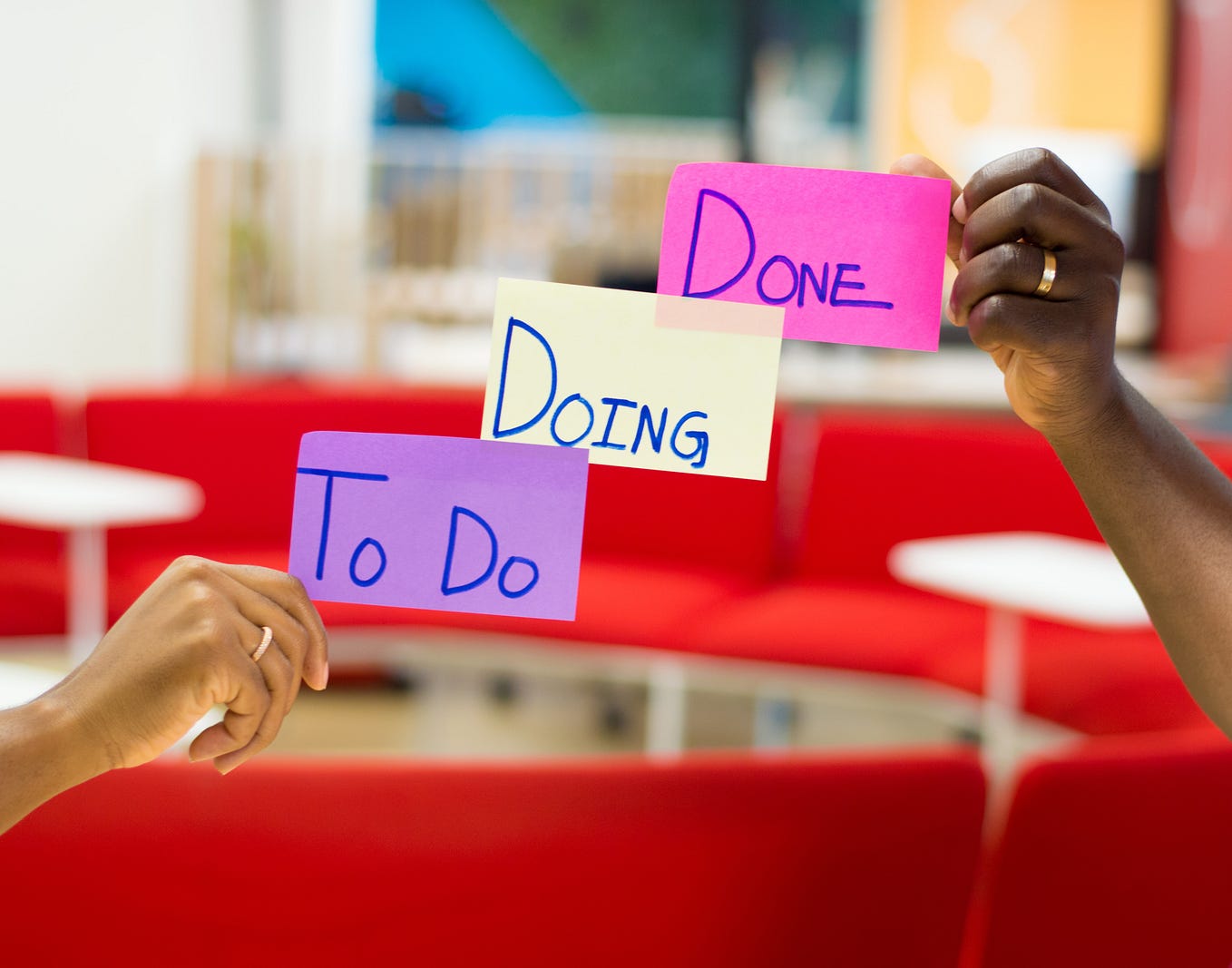
Time Management Strategies: Trello Boards and Google Calendar Harmony
Dec 8, 2023
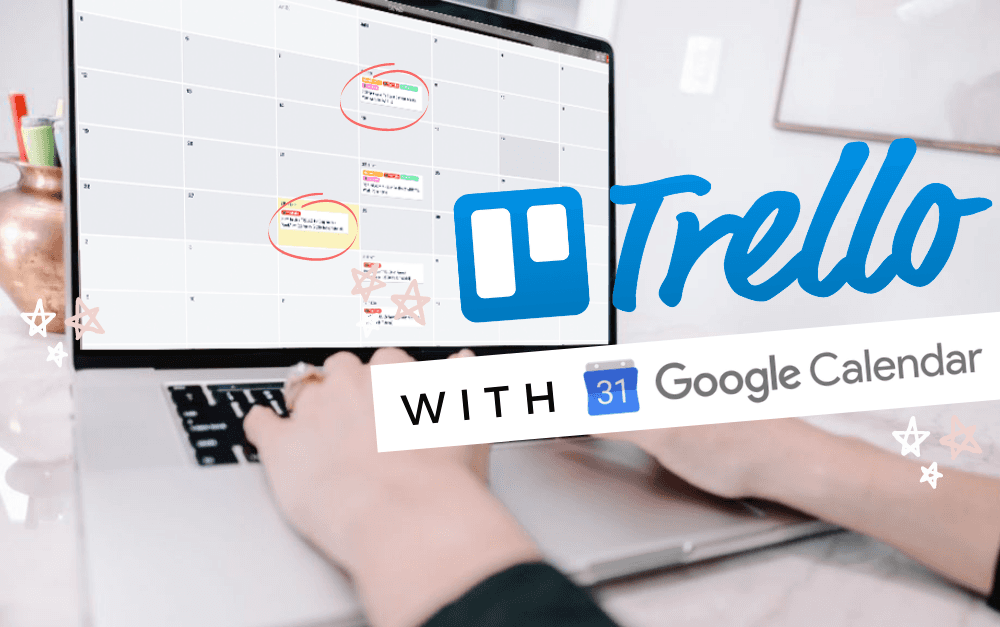
Syncing Trello Cards with Google Calendar: A Step-by-Step Tutorial
Dec 7, 2023

Task Prioritization Strategies: A Todoist and Google Calendar Approach
Dec 6, 2023

Unlock Your Productivity with Advanced Features for Todoist and Google Calendar Power Users
Dec 5, 2023
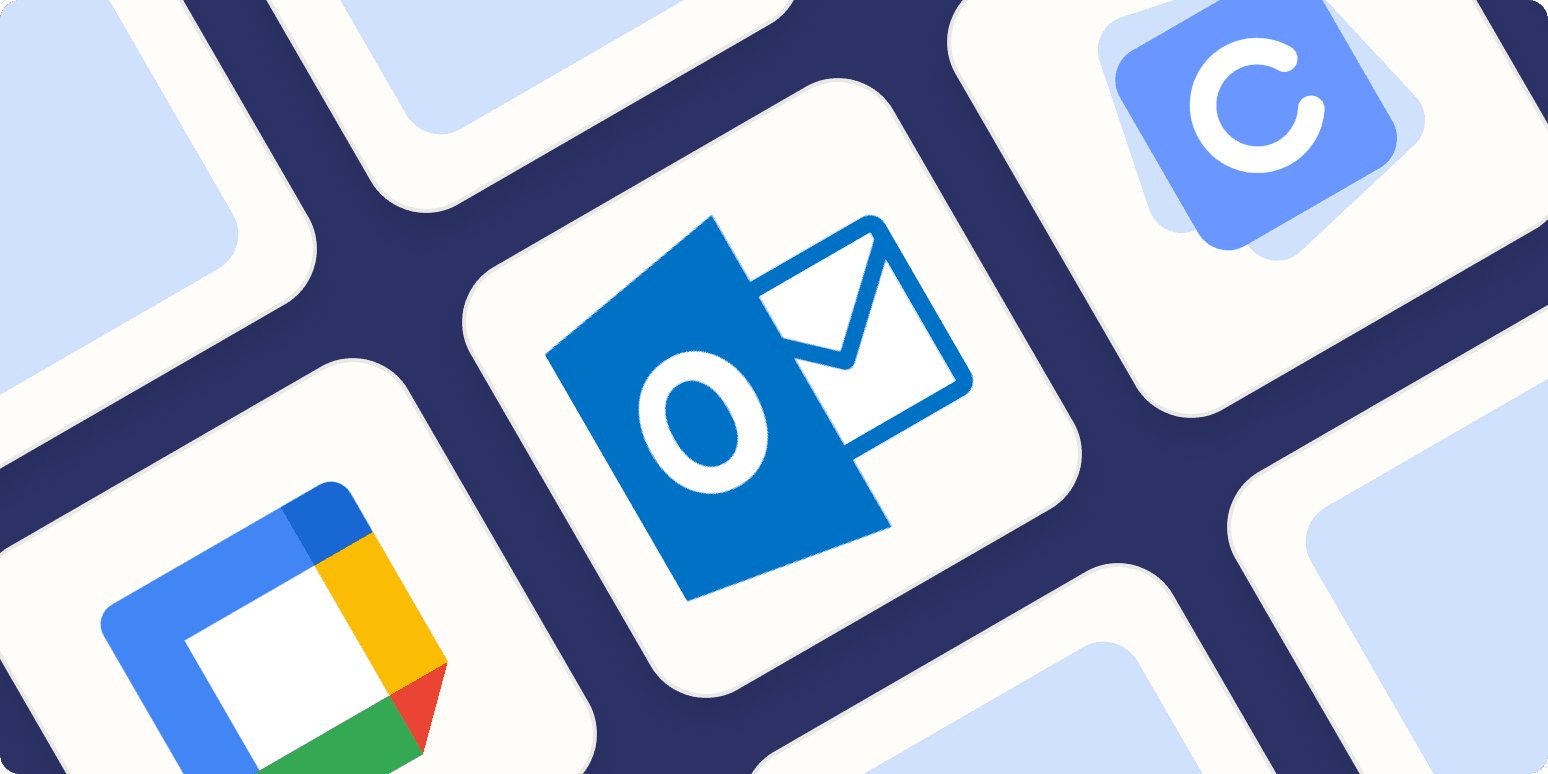
Using Todoist and Google Calendar for Effective Collaborative Planning in Teams
Dec 4, 2023
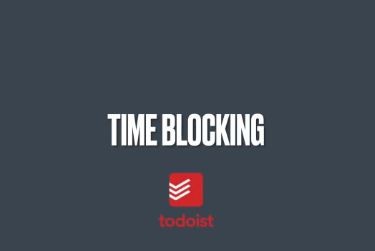
Using Time Blocking with Todoist and Google Calendar to Enhance Productivity
Dec 3, 2023
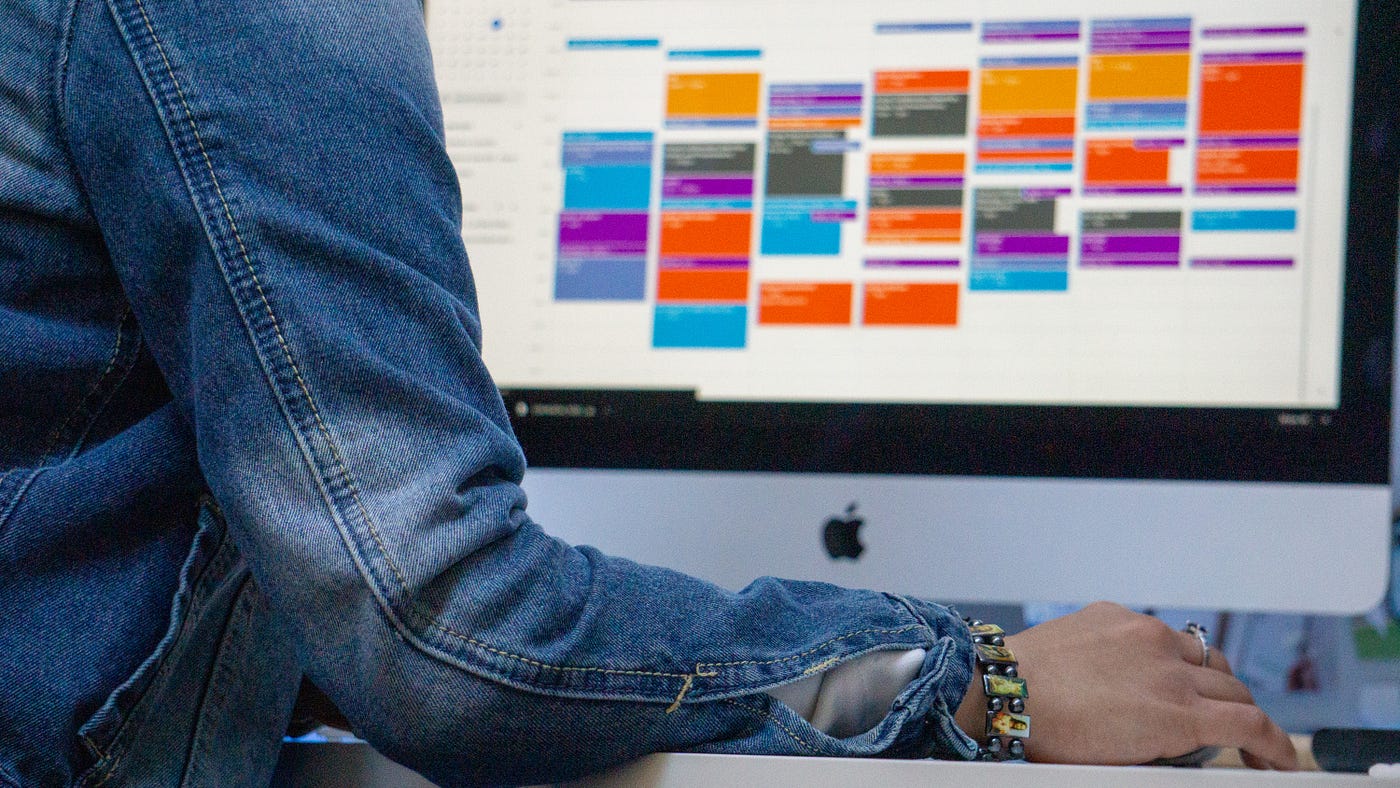
Using Labels and Filters: Todoist and Google Calendar Synergy
Dec 2, 2023
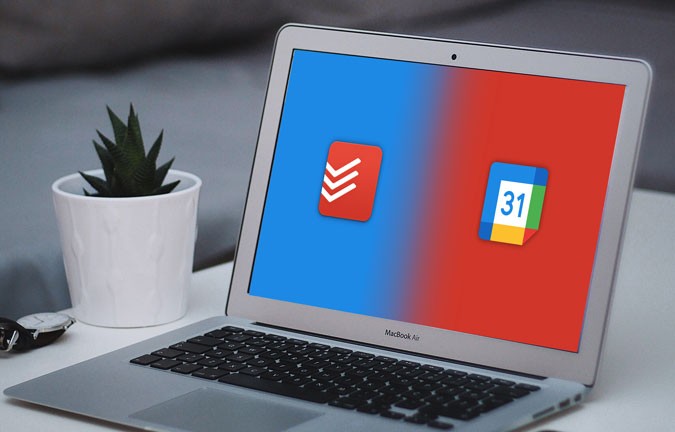
How to Sync Todoist Tasks to Google Calendar Events
Dec 1, 2023

Integrating Todoist with Google Calendar for Effortless Scheduling
Nov 30, 2023

7 Free Trello Templates for Streamlining Workflow and Improving Productivity
Nov 29, 2023

Setting Goals that Motivate and Inspire Action
Nov 28, 2023

How to Integrate Todoist with Apple Calendar for Increased Productivity
Nov 27, 2023

7 Alternatives to Asana for Project and Task Management
Nov 26, 2023
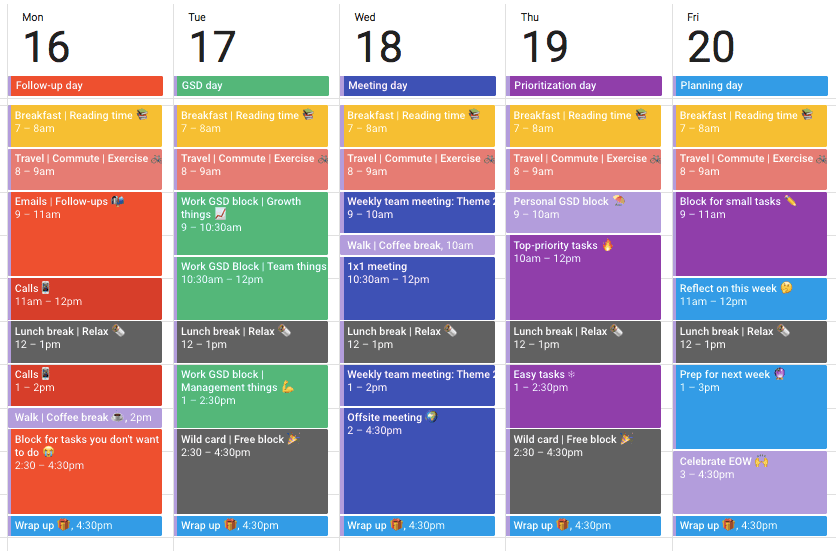
The Complete Guide to Time Blocking with Google Calendar
Nov 25, 2023
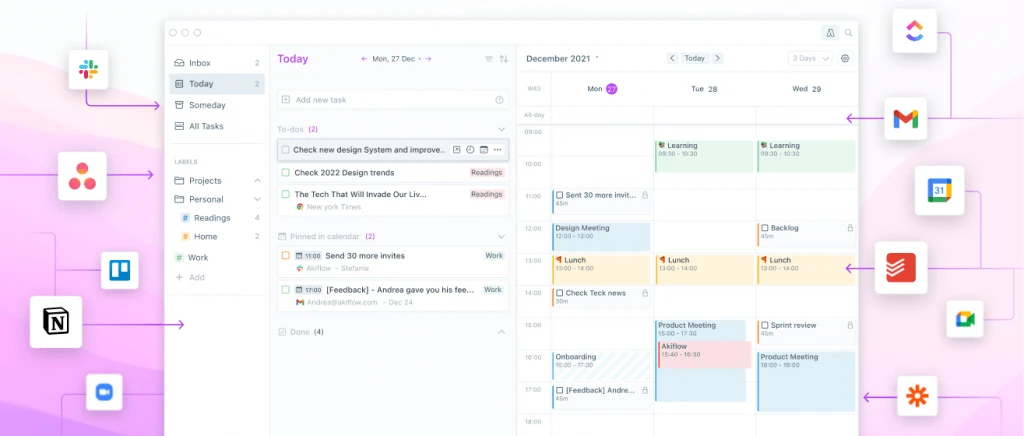
Top 10 Daily Planner Apps for Keeping You Organized and On Schedule
Nov 25, 2023
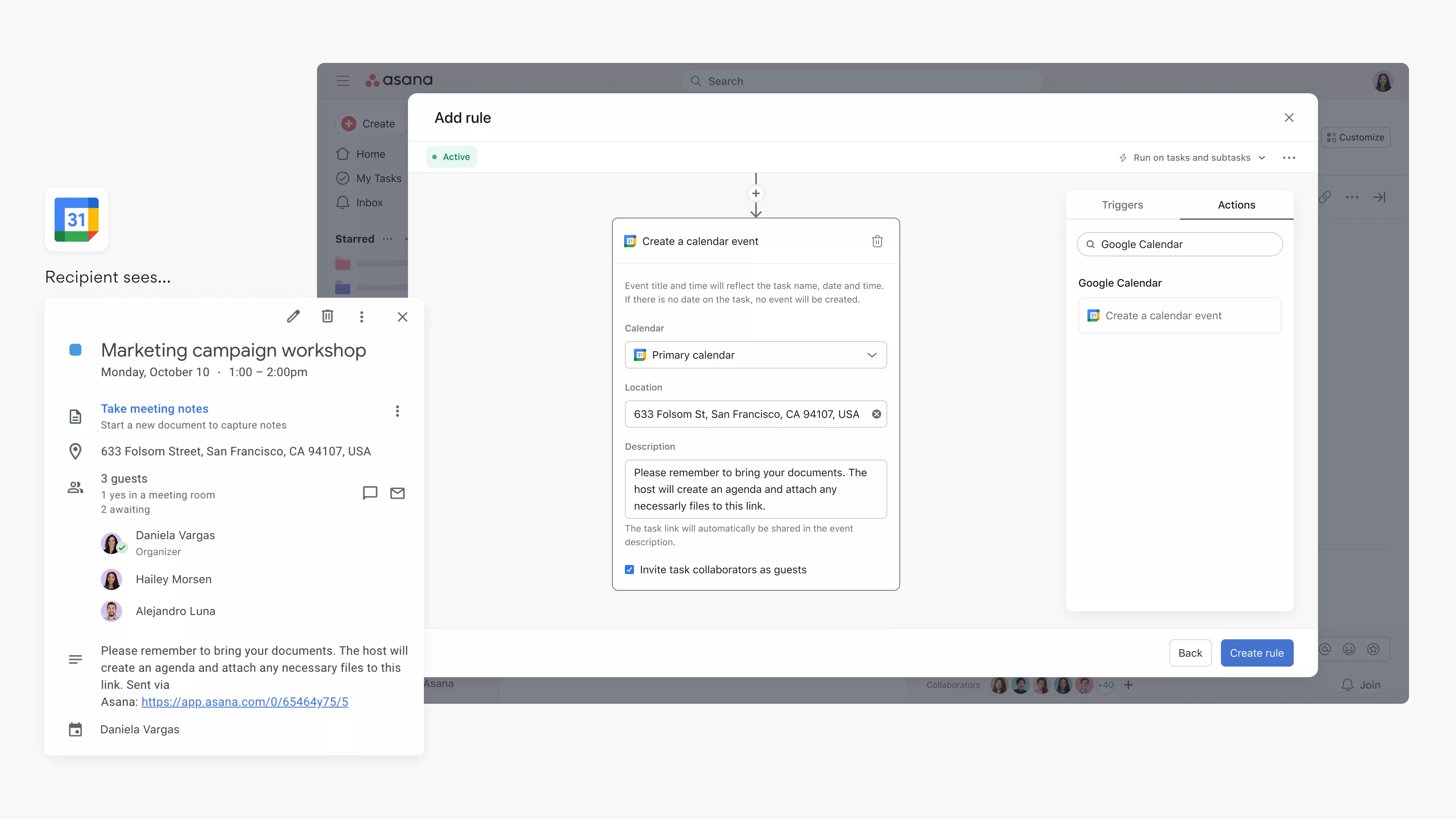
Syncing Asana Tasks to Your Google Calendar: A Step-by-Step Guide
Nov 23, 2023
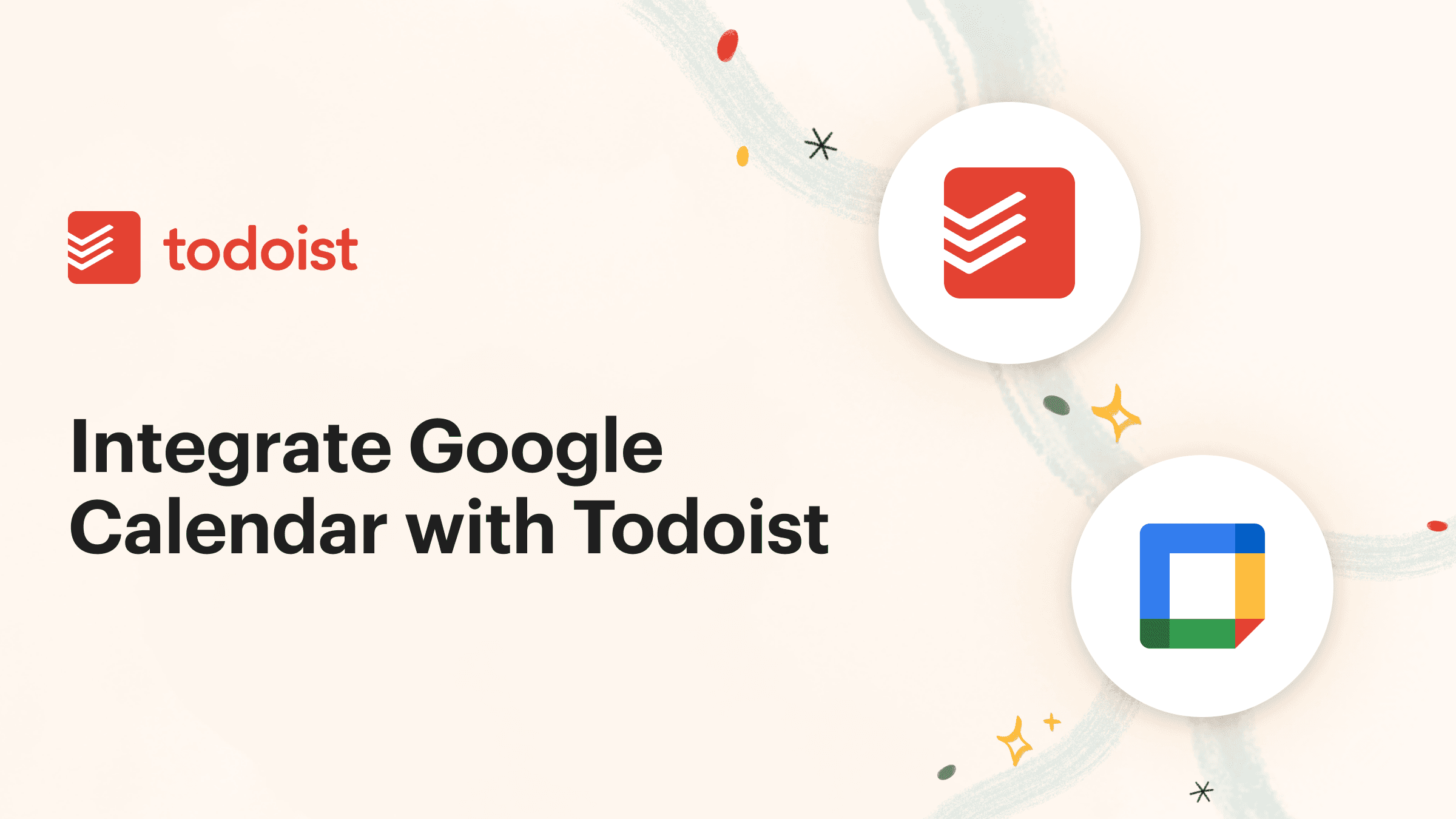
How to Integrate Todoist with Google Calendar for Seamless Task Management
Nov 19, 2023

Integrate ClickUp with Google Calendar
Nov 14, 2023

Team Planning: Unlocking the Benefits for Your Business
Nov 11, 2023
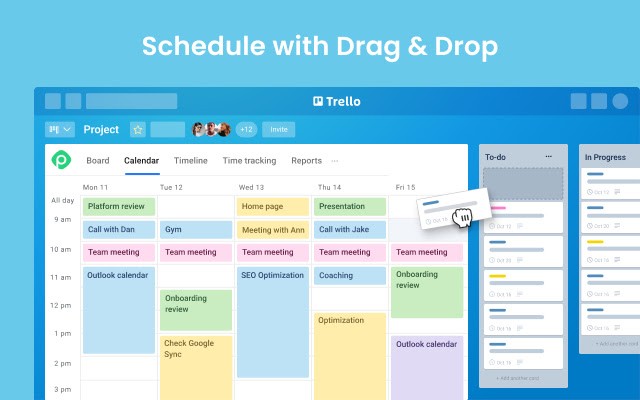
What features does Planyway for Trello offer?
Oct 5, 2023

Boost Your Productivity with a Weekly P L: A Simplified Task Planning Solution
Oct 5, 2023

Team Planning: The key to Business Success
Oct 4, 2023
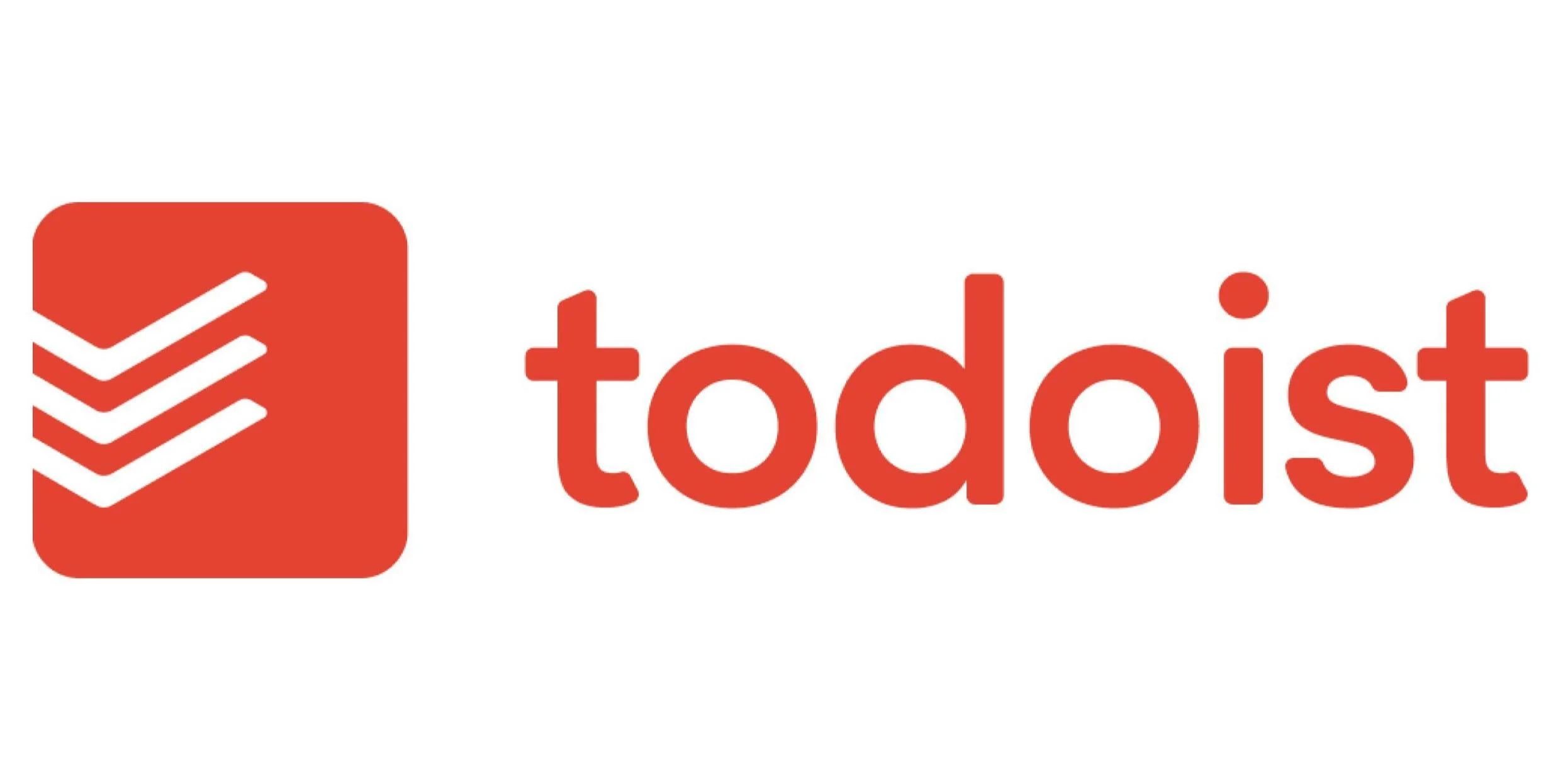
How can I sync my Todoist tasks with my Google Calendar?
Oct 2, 2023
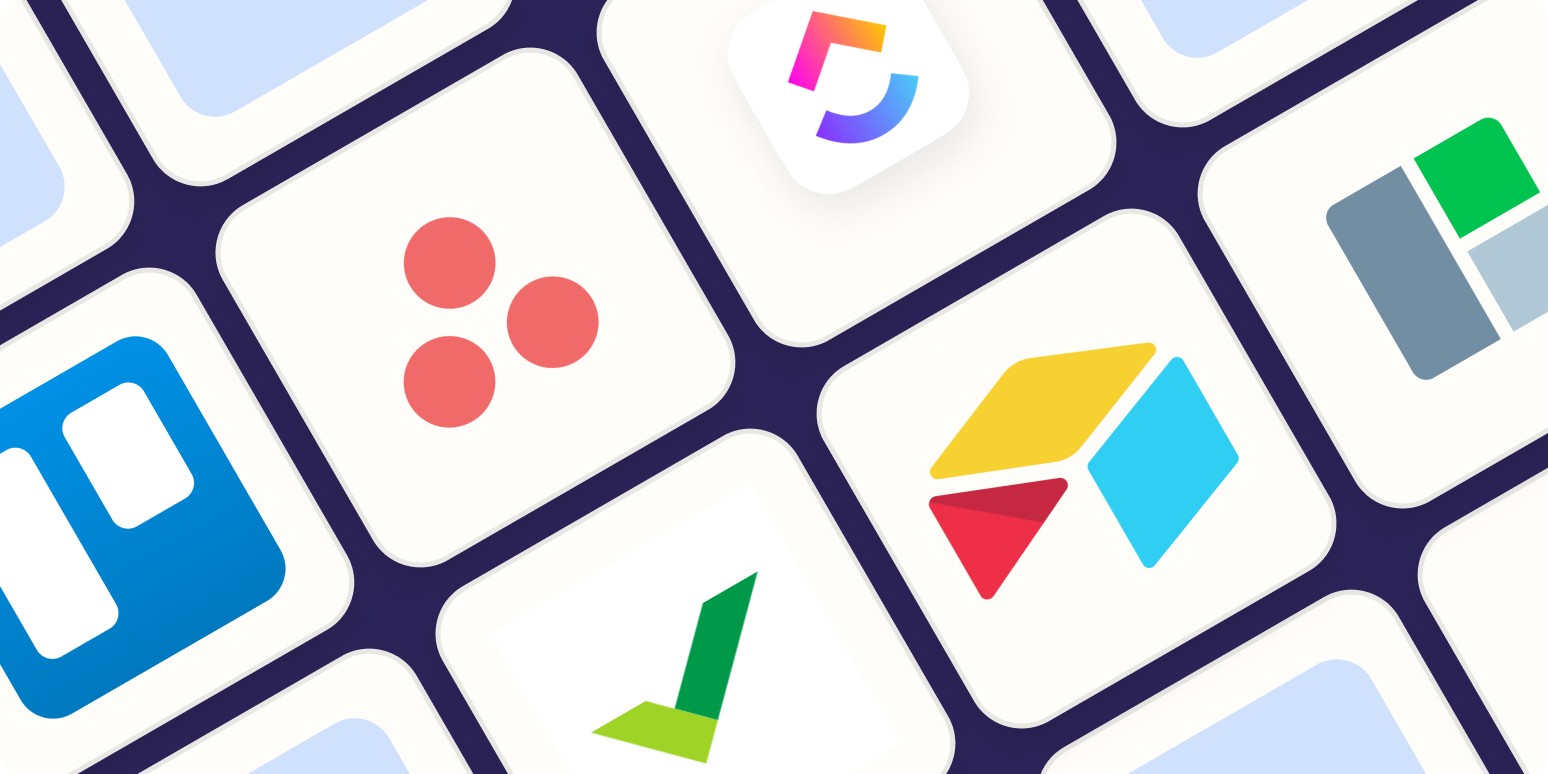
Asana Sync with Google Calendar: Streamlining Your Task Management
Sep 3, 2023

How to Sync Asana with Google Calendar: Boost Your Productivity
Sep 3, 2023
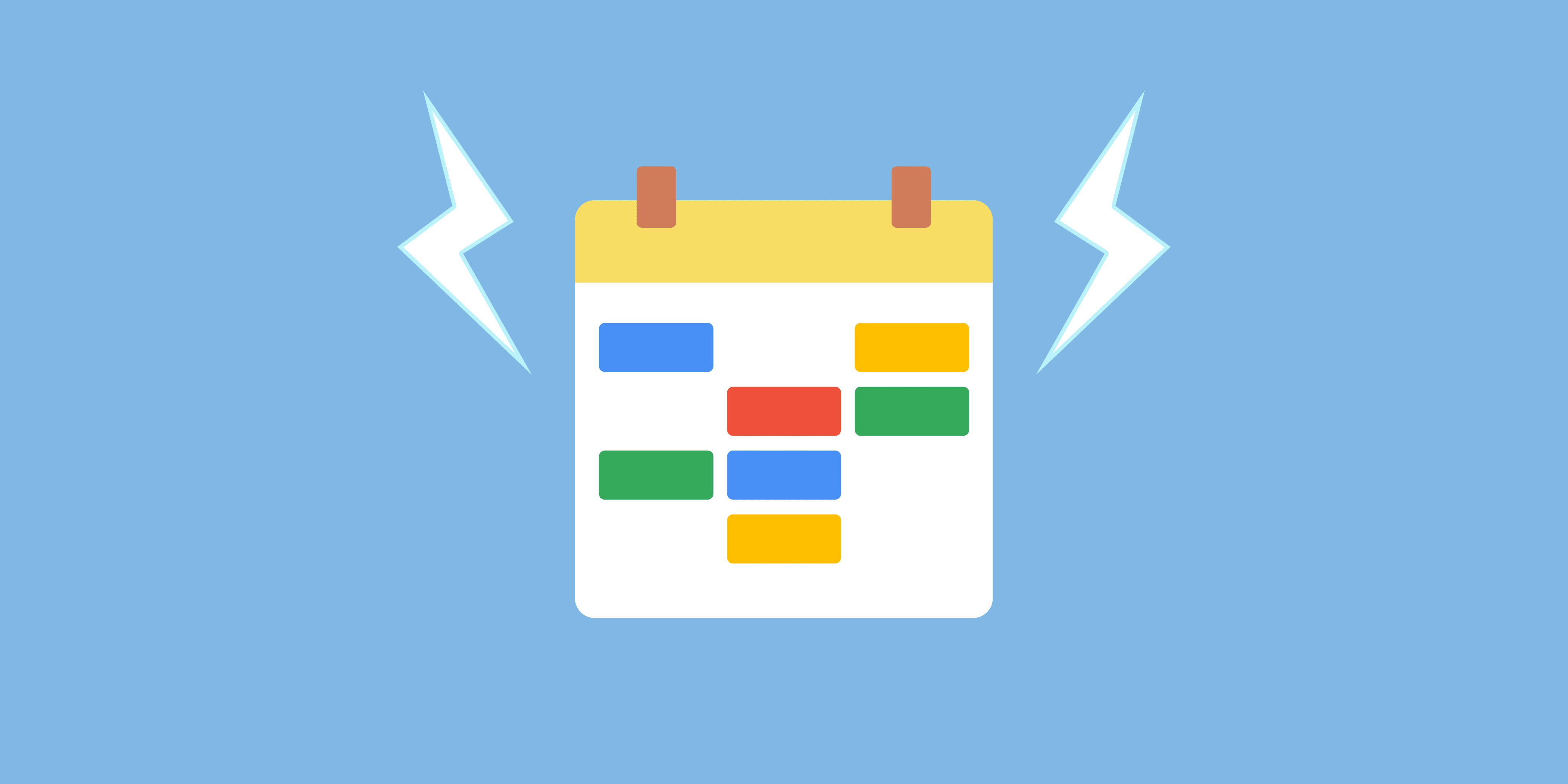
Todoist and Google Calendar: The Perfect Productivity Pair
Sep 2, 2023

Todoist Integration with Google Calendar: Streamline Your Task Management
Sep 2, 2023

Exploring the Power of Todoist Calendar View
Sep 1, 2023

Understanding and Overcoming Task Blockers: Boosting Productivity
Sep 1, 2023
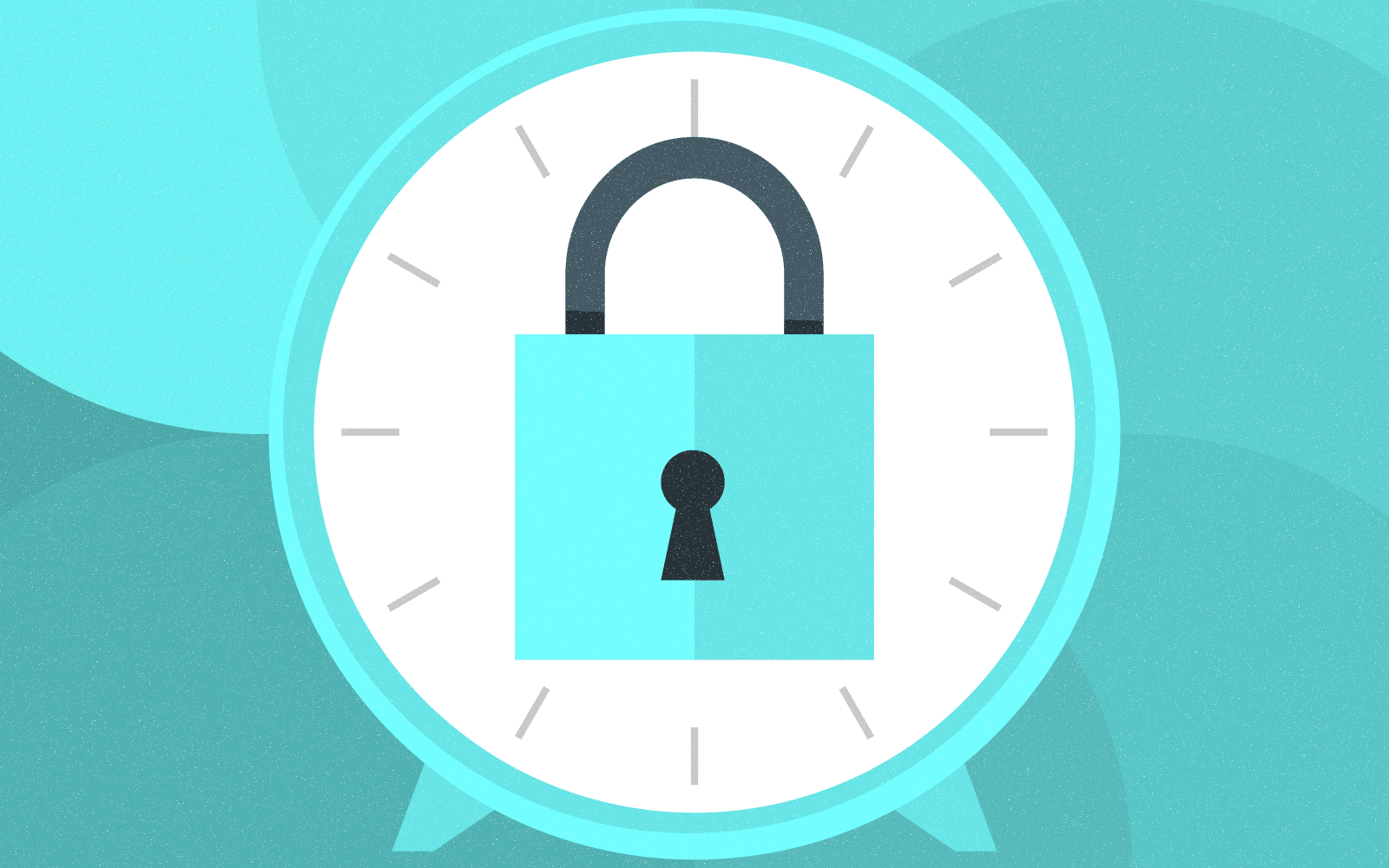
Optimize Your Productivity with Time Blocking: Unlocking the Power of Efficient Planning
Aug 31, 2023

Enhancing User Engagement with Motion AI: A New Era of Chatbot Experiences
Aug 31, 2023

Understanding the Motions Calendar in Legal Proceedings
Aug 30, 2023
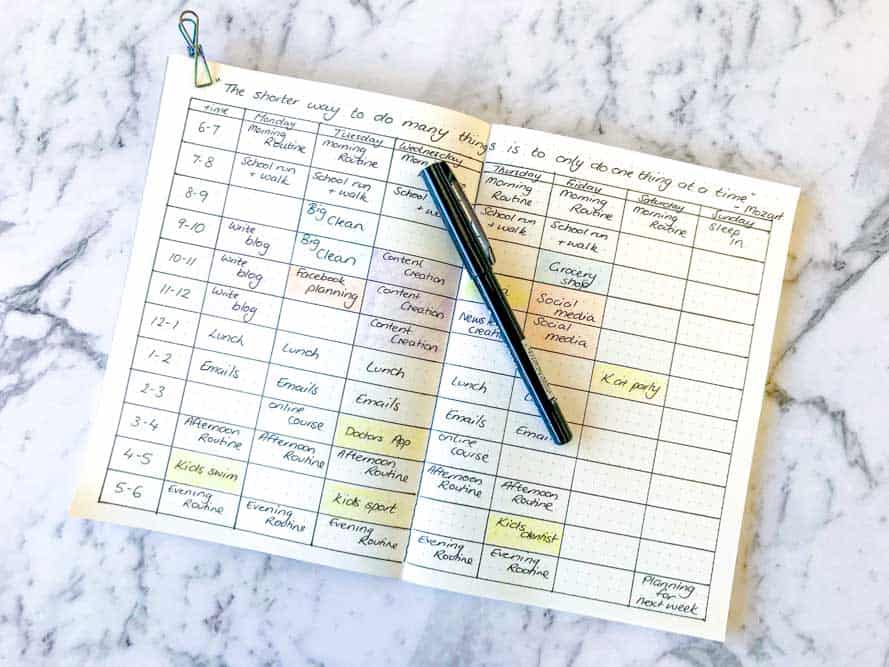
Maximizing Productivity with the Time Blocking Planner App
Aug 30, 2023
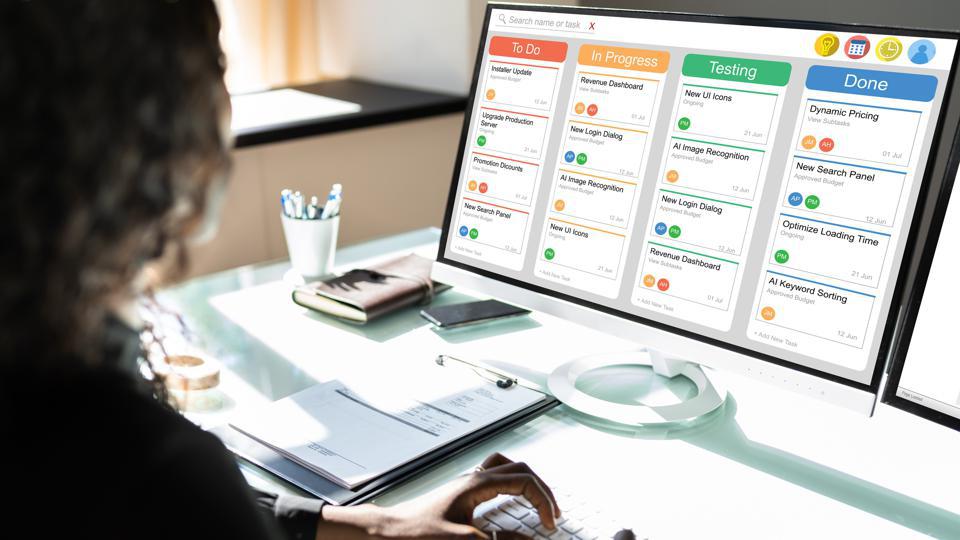
The Ultimate Guide to Streamlining Your Tasks with Trello Planner
Aug 29, 2023

Repeating Tasks: Enhancing Productivity and Efficiency
Aug 29, 2023
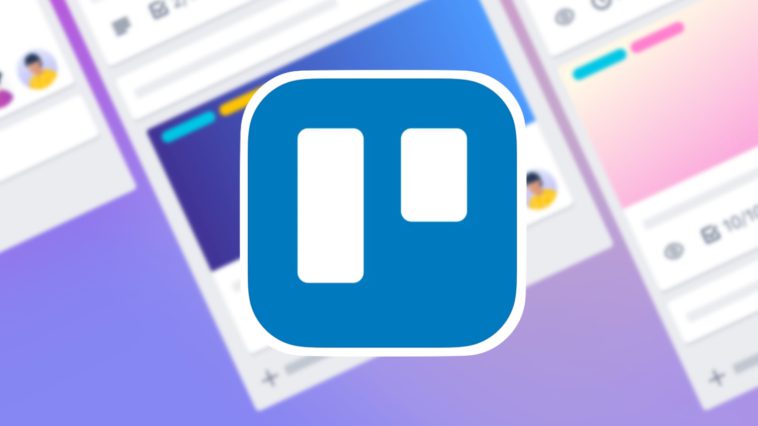
Trello Discount Codes for Enhanced Productivity
Aug 28, 2023
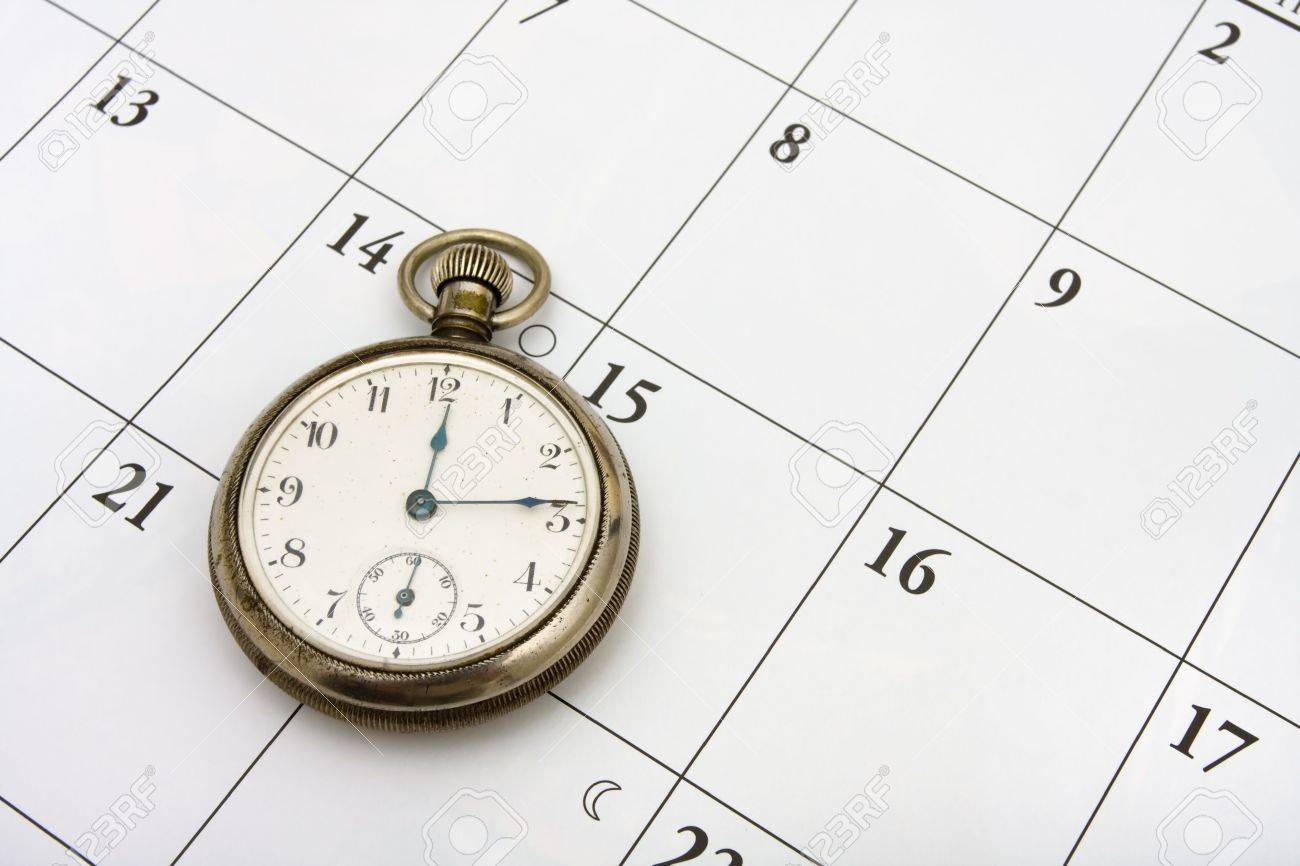
The Evolution and Significance of Calendars: Tracking Time Through the Ages
Aug 28, 2023

Maximizing Productivity and Efficiency with a Planner Featuring 15-Minute Time Slots
Aug 27, 2023
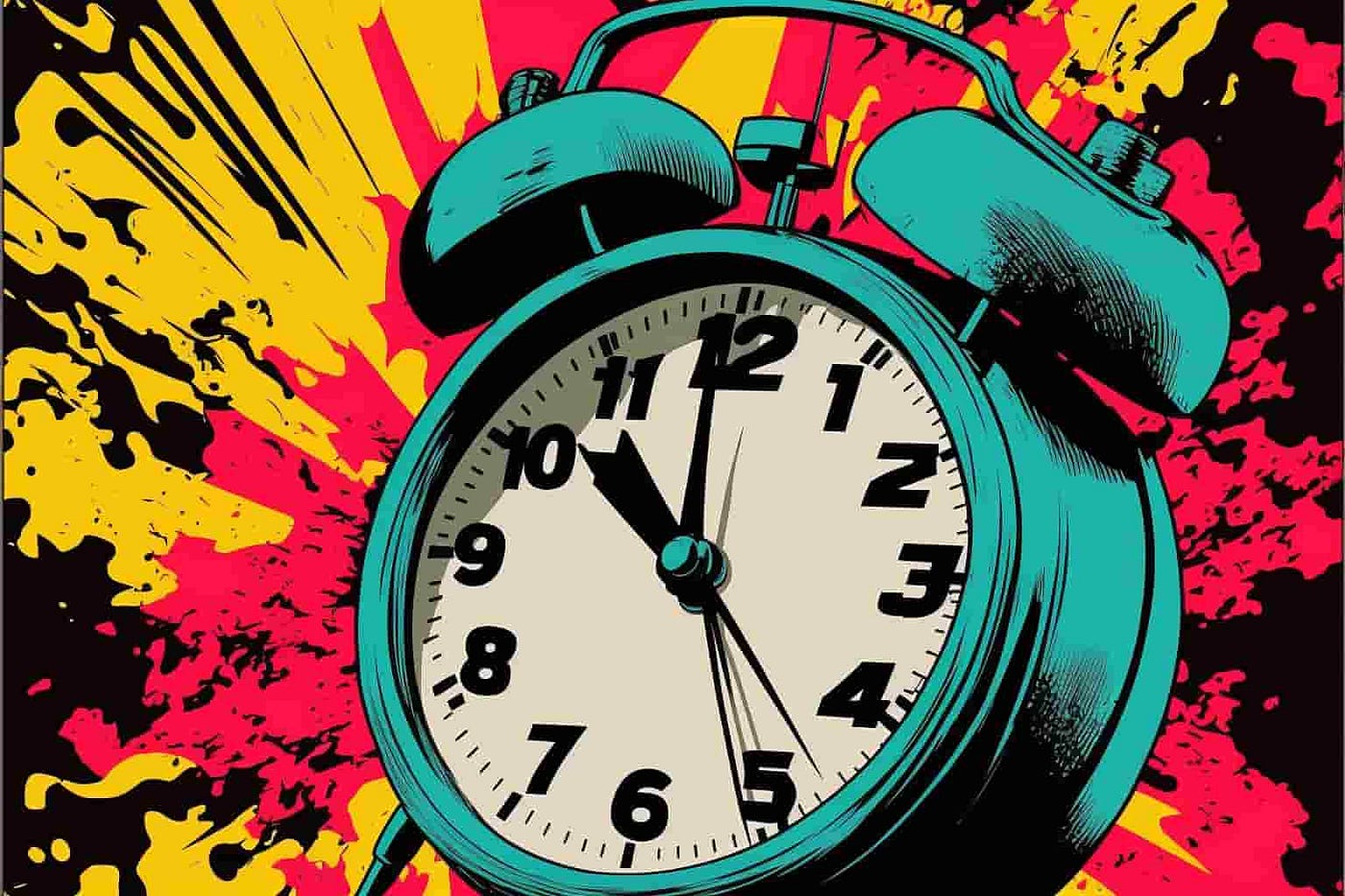
Time Blocking vs. To-Do Lists: Finding Your Productivity Strategy
Aug 27, 2023

Enhance Your Trello Experience with Planyway: A Comprehensive Overview
Aug 26, 2023

Exploring Planyway: A Comprehensive Project Management Solution
Aug 26, 2023

Streamline Your Schedule with Planyway Calendar
Aug 25, 2023

How to Sync Google Calendar with Trello
Aug 25, 2023
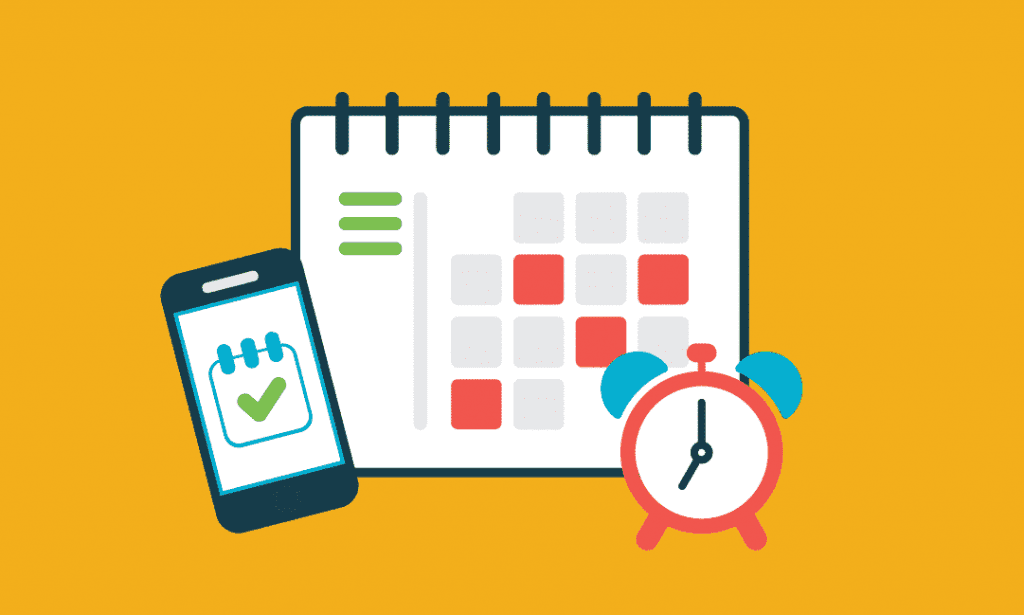
Blocks of Time: The Key to Effective Time Management
Aug 24, 2023

Exploring the Power Duo: Enhancing Productivity with Google Calendar and Todoist
Aug 24, 2023

Time Blocking in Google Calendar: Boost Your Productivity and Master Your Schedule
Aug 23, 2023
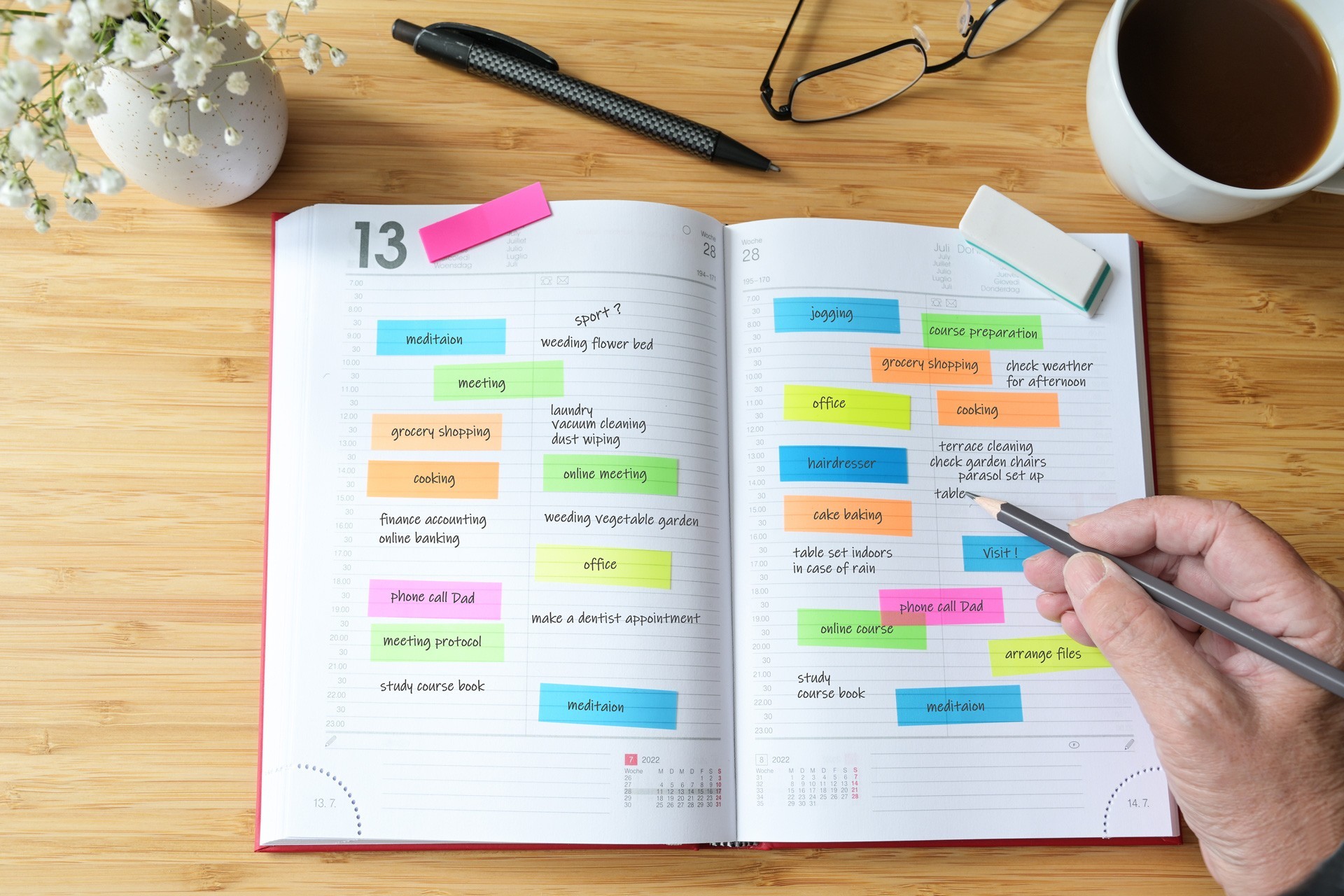
Task Blocking: Understanding the Productivity Pitfall and Overcoming It
Aug 23, 2023

A Comprehensive Guide to Weekly Profit and Loss Statements
Aug 22, 2023

Maximizing Productivity with Todoist Time Blocking
Aug 22, 2023
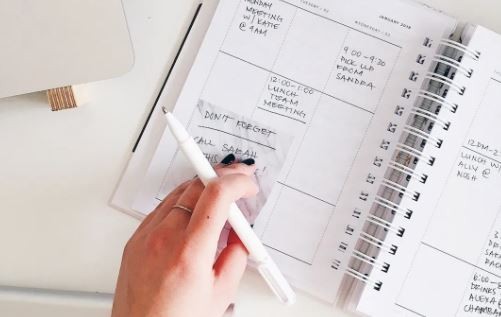
Discover the Power of Day Blocking: A Productivity Strategy
Aug 21, 2023

How to Sync Trello Calendar with Google Calendar
Aug 21, 2023
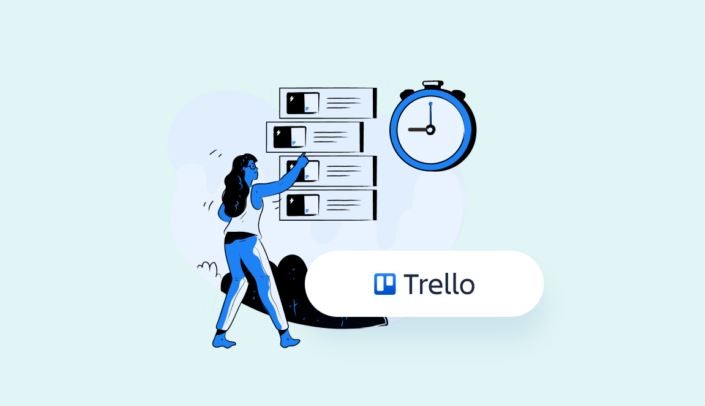
Quickly Connect Google Calendar to Trello
Aug 19, 2023

How to Link Trello to Google Sheets: Streamlining Your Workflow
Aug 18, 2023

Streamline Your Workflow: Sync Trello Cards to Google Calendar Events
Aug 17, 2023

Streamlining Your Workflow: Trello + Google Tasks Integration
Aug 16, 2023

Can I Import My Google Calendar to Trello?
Aug 15, 2023
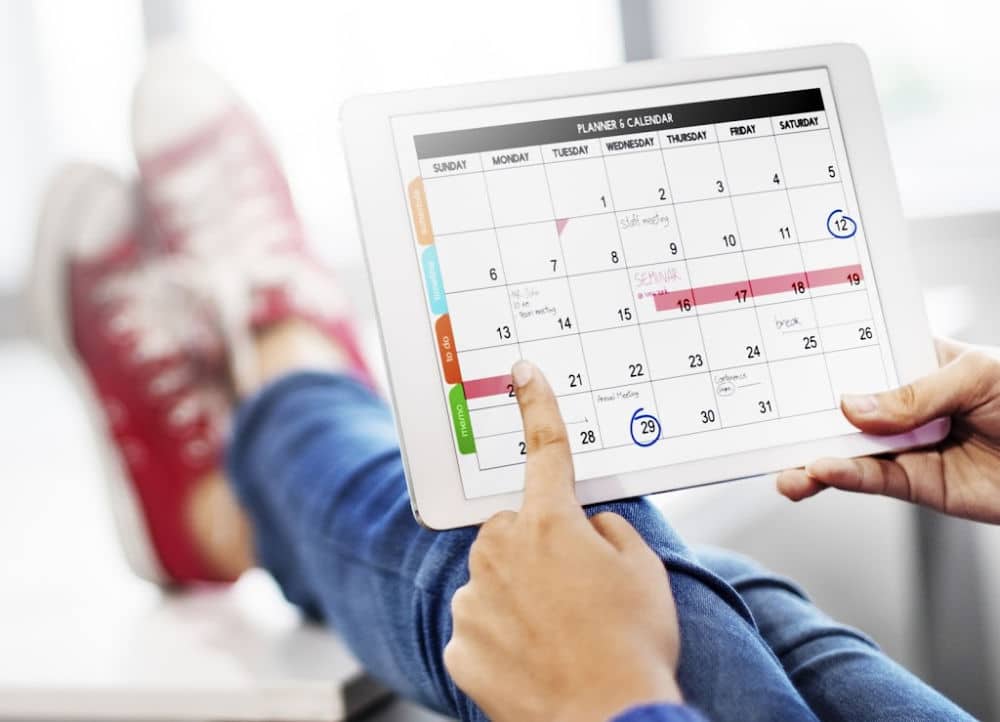
Use Google Calendar for Effective Scheduling
Aug 14, 2023

Mastering Task Duration in Google Calendar: A Comprehensive Guide
Aug 13, 2023
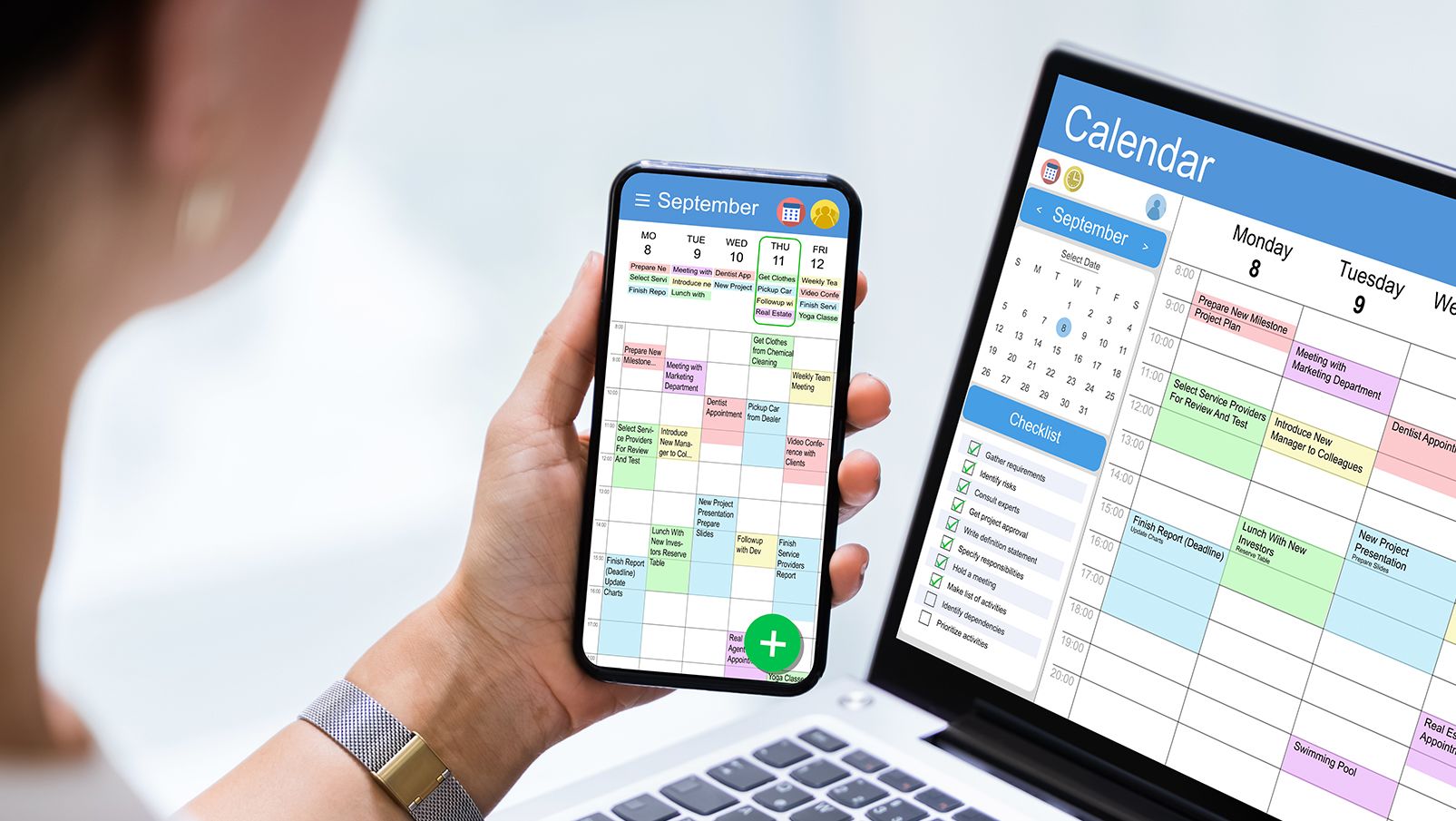
The Power of Calendar Planning Apps: Streamlining Your Life Like Never Before
Aug 12, 2023

Simplify Your Life with Google Calendar Sync
Aug 11, 2023

Creating an Effective Day Schedule: A Path to Productivity and Well-Being
Aug 10, 2023
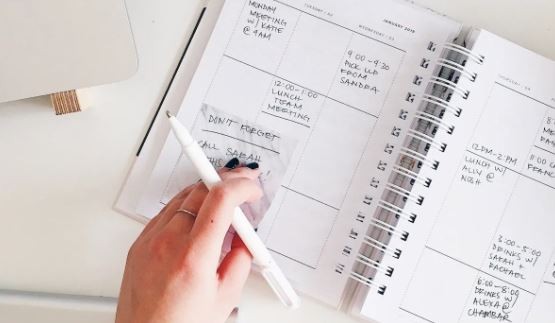
Maximizing Productivity and Efficiency with Time Blocking
Aug 9, 2023
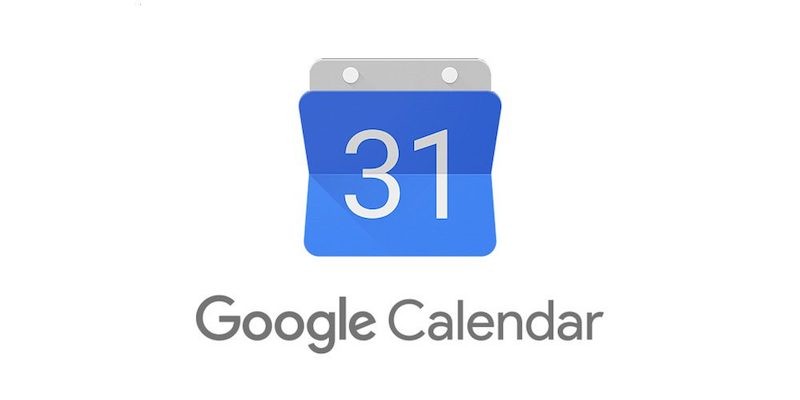
Google Calendar: A Modern Tool for Efficient Time Management
Aug 8, 2023
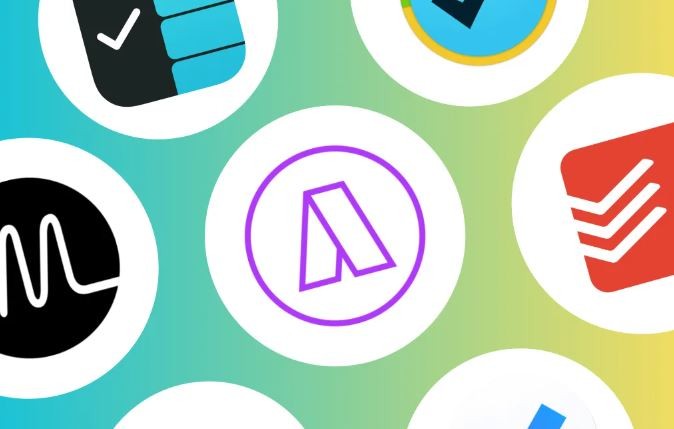
Top 10 Daily Planner Apps to Boost Productivity
Aug 7, 2023
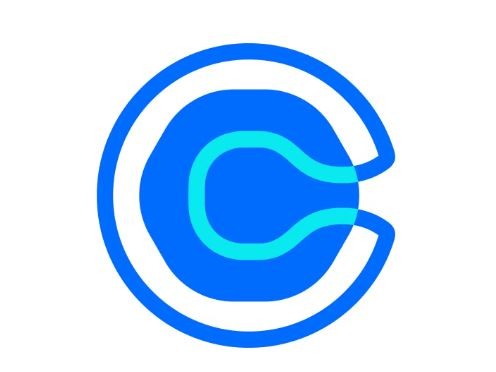
Calendly Alternatives & Competitors for 2023
Aug 6, 2023
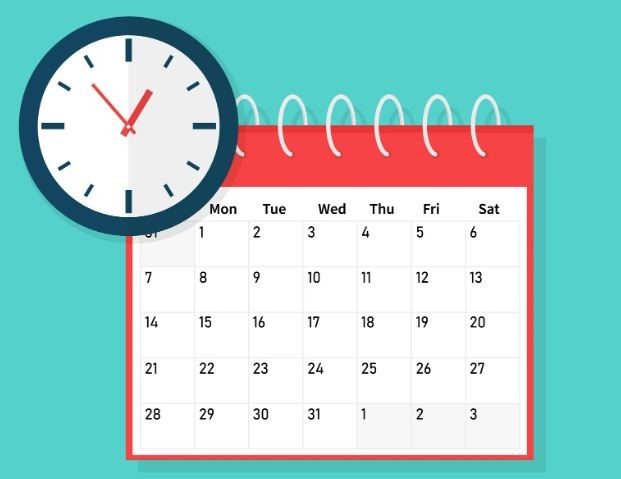
How to Share Google Calendar: A Step-by-Step Guide
Aug 5, 2023
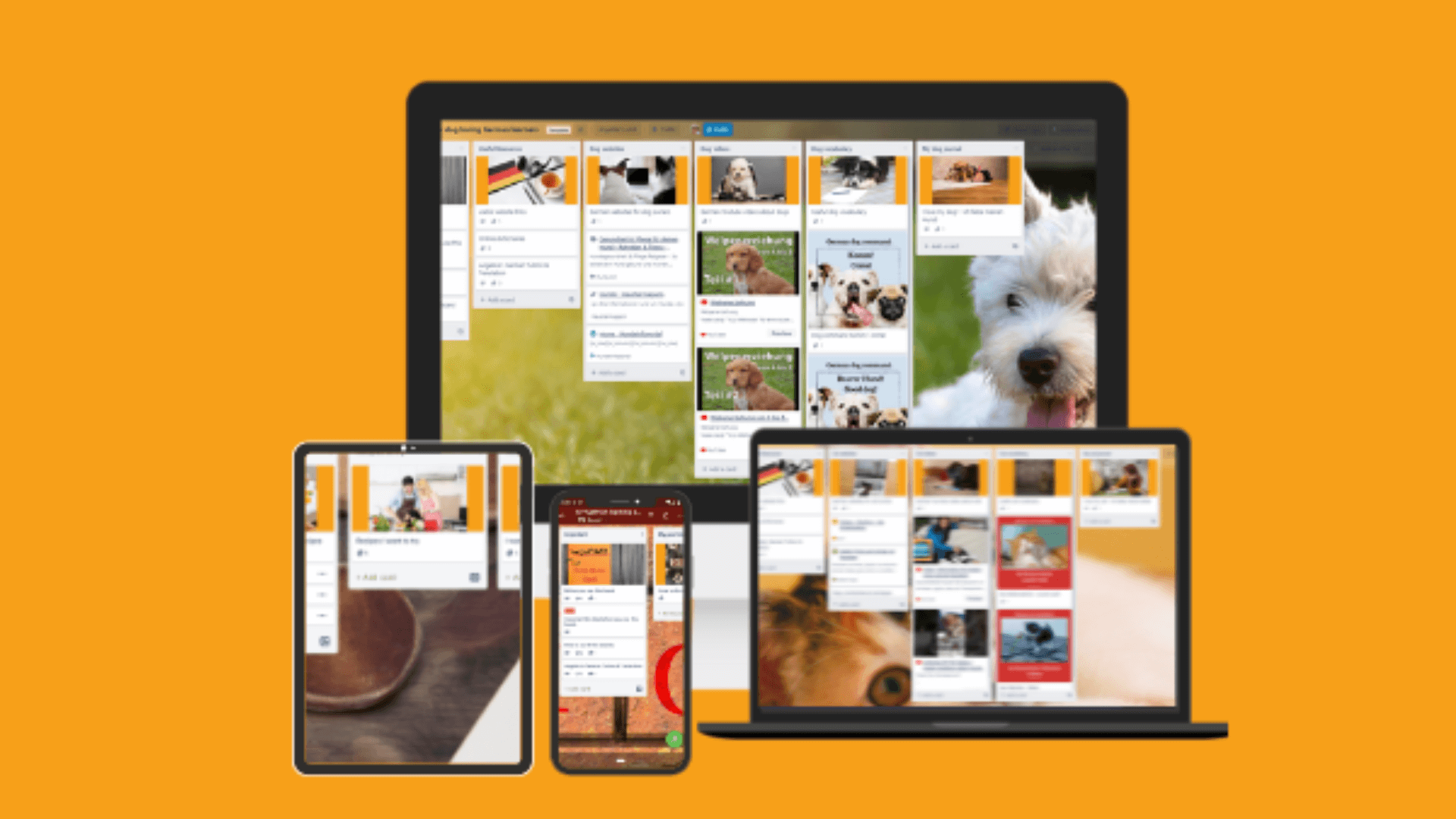
Best Trello Board Templates: Boost Your Productivity and Organization
Aug 4, 2023

Trello Templates: Enhancing Personal Productivity
Aug 3, 2023

Trello Templates: Simplify Your Workflow and Boost Productivity
Aug 2, 2023

How to Sync Trello with Google Calendar
Aug 1, 2023

How to Link Trello with Google Calendar
Jul 31, 2023

How to Sync Trello and Google Calendar: Enhance Your Productivity and Organization
Jul 30, 2023
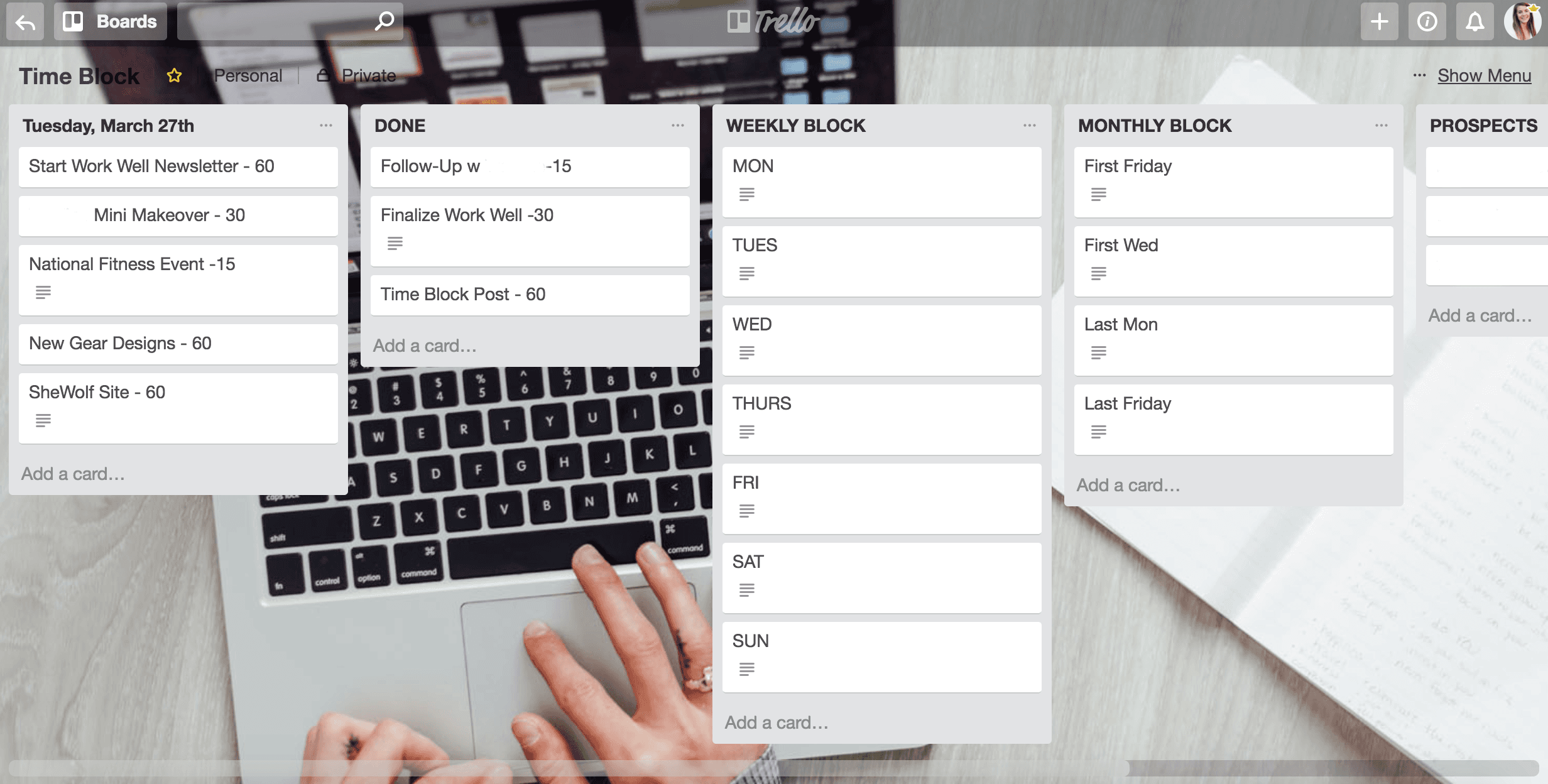
Time Blocking with Trello: Boosting Productivity and Organizing Your Life
Jul 29, 2023

TaskPlanner: Your Ultimate Tool for Efficient Task Management
Jul 28, 2023

Trello Google Calendar 2-Way Sync: Streamlining Your Workflow
Jul 27, 2023

Can Trello Sync with Google Calendar?
Jul 26, 2023

Trello Task Management Templates: Streamline Your Workflow Like Never Before
Jul 25, 2023

Clockwise Alternatives: Embracing Productivity and Efficiency
Jul 23, 2023
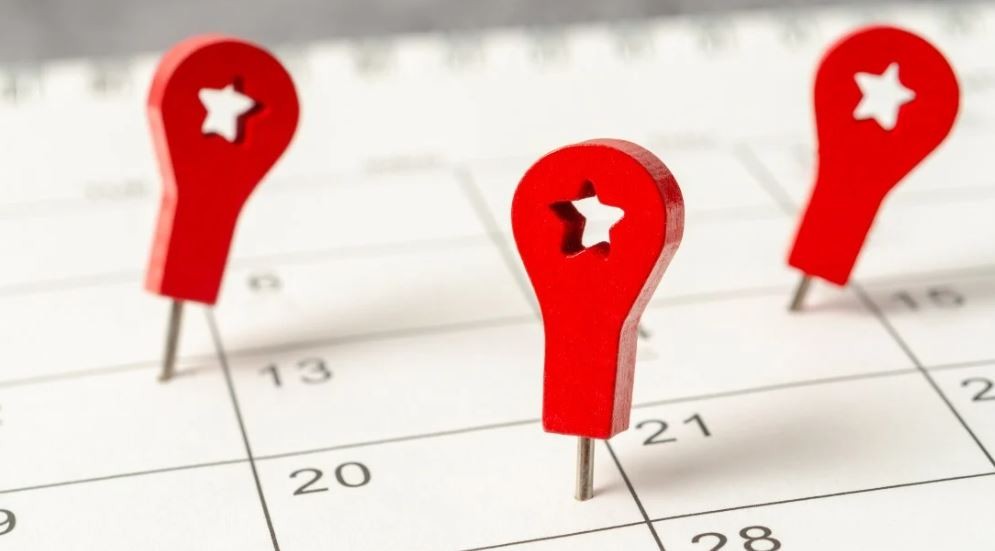
Google Calendar Daily Schedule: How to Organize Your Life with Efficiency and Ease
Jul 22, 2023
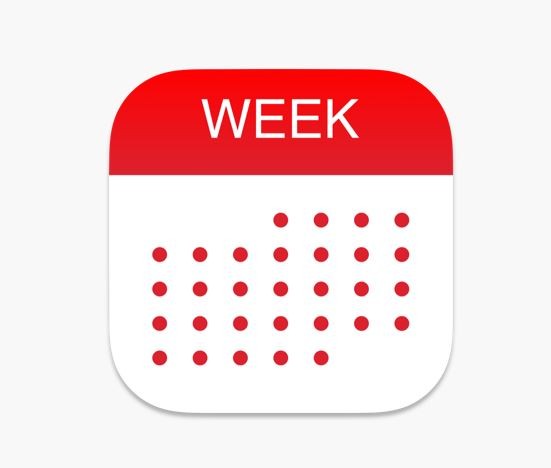
Weekly Planner with Google Calendar: Stay Organized and Efficient
Jul 21, 2023

Top Trello Marketing Templates: Boost Your Marketing Efforts and Drive Results
Jun 6, 2023

Top Trello Project Management Templates: Streamline Your Workflow for Success
May 29, 2023

Top Reasons to Use Trello for Project Management: Boost Your Team's Productivity
May 29, 2023

Why Google Calendar to Trello Sync is the Ultimate Power Move for Productivity
May 20, 2023

Connect google calendar to trello
May 12, 2023

Optimize Your Schedule: Unlock the Power of Google Calendar and Trello Sync with Taskplanner
May 10, 2023

Top trello power ups
May 7, 2023

Chatsonic
May 7, 2023

Explore ChatGPT Alternatives: Empower Your Conversations with AI-Powered Tools
May 7, 2023

Discover Clockwise Alternatives: Take Control of Your Time and Boost Productivity
May 7, 2023

Sync Trello with Google Calendar: Boost Productivity with Task Planner
May 6, 2023
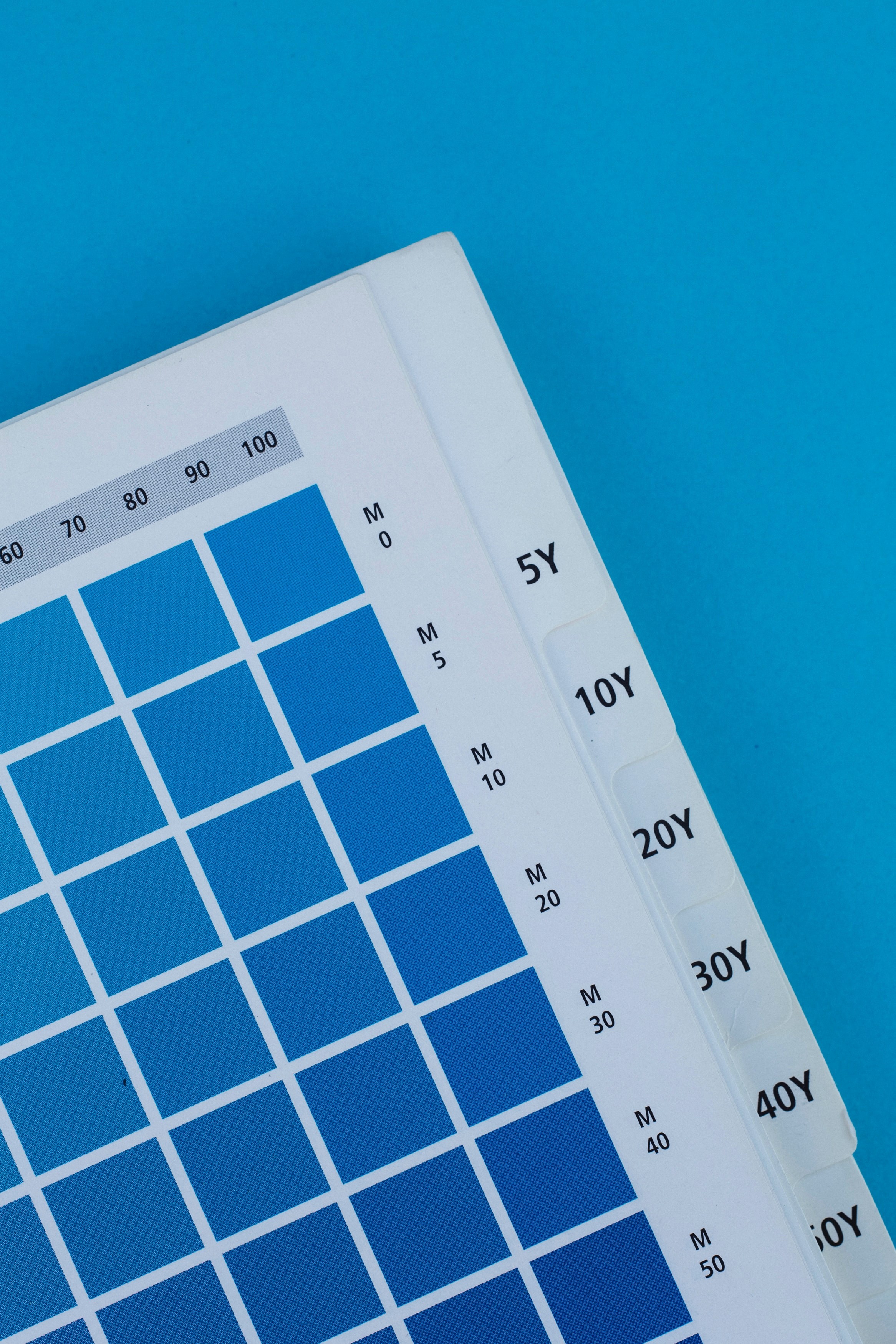
Beyond Google Calendar: Alternative Options and Enhancements for Efficient Scheduling
May 5, 2023
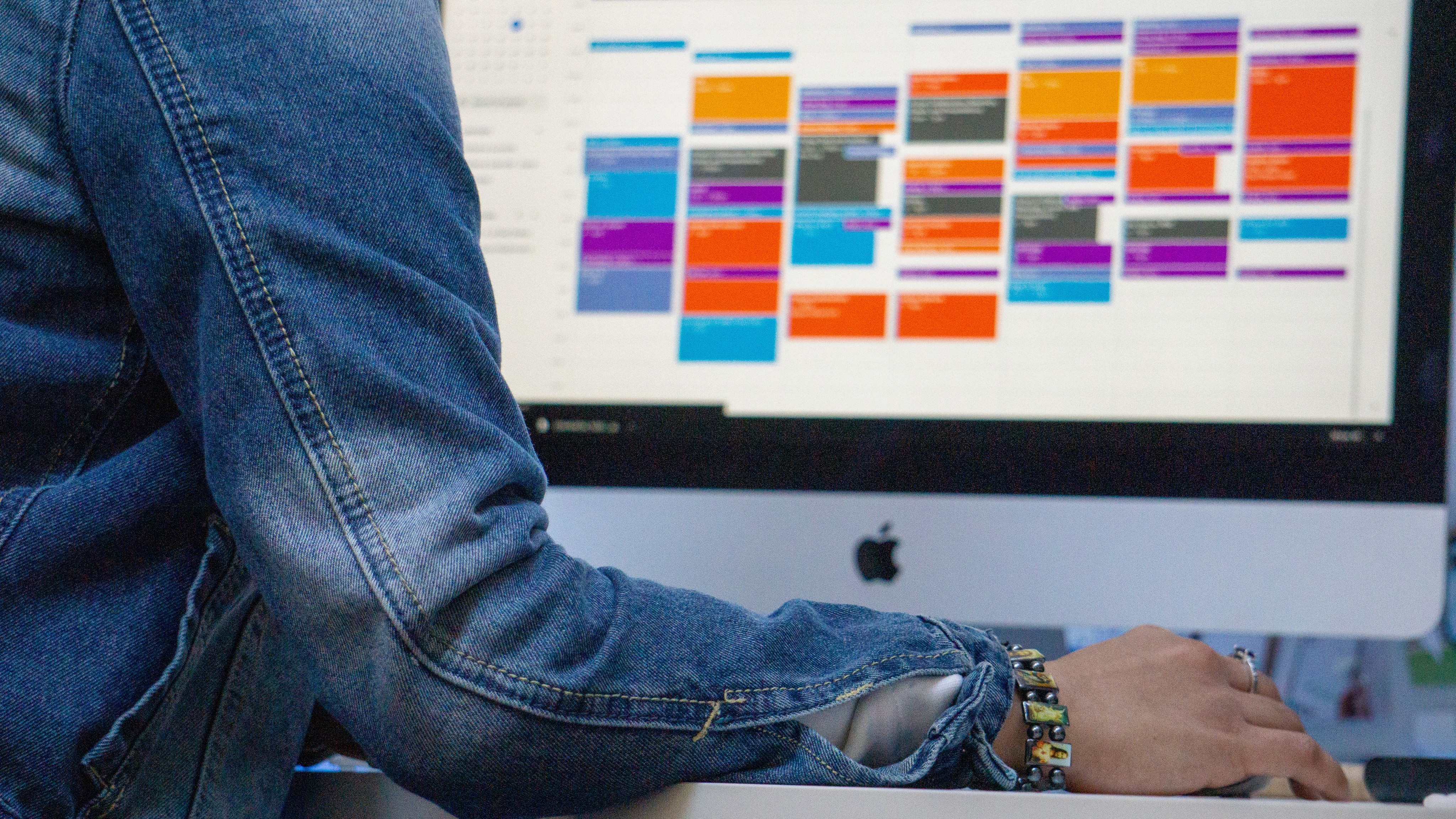
The Ultimate Guide to Trello Google Calendar Sync: Streamline Your Workflow
May 3, 2023
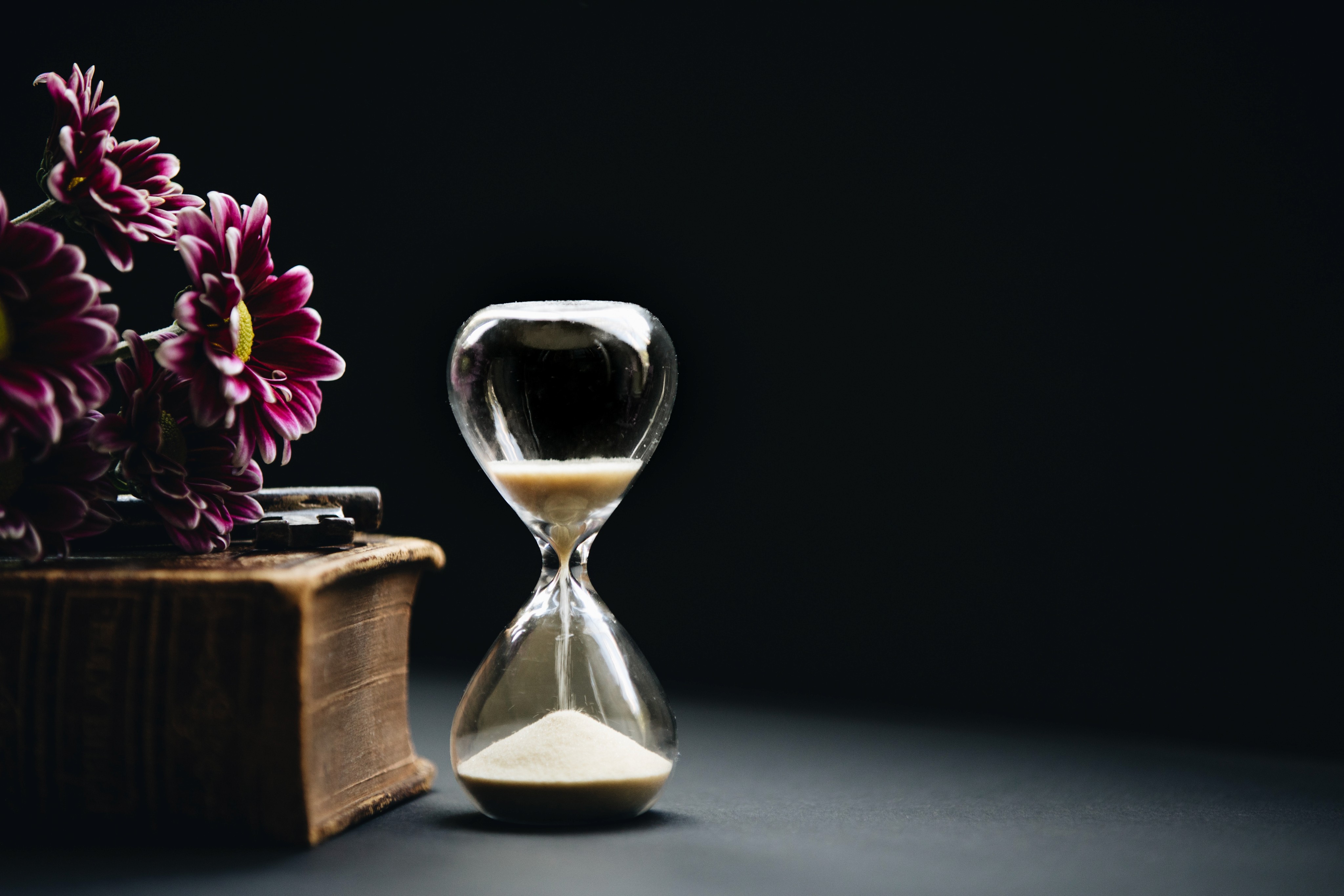
Mastering Your Time with Time Blocking: The Ultimate Productivity Technique
Apr 28, 2023

Motion alternatives
Apr 28, 2023

Why Taskplanner better than Reclaim
Apr 26, 2023

How to remember goals and todo
Apr 26, 2023

Why Taskplanner better than Motion
Apr 26, 2023
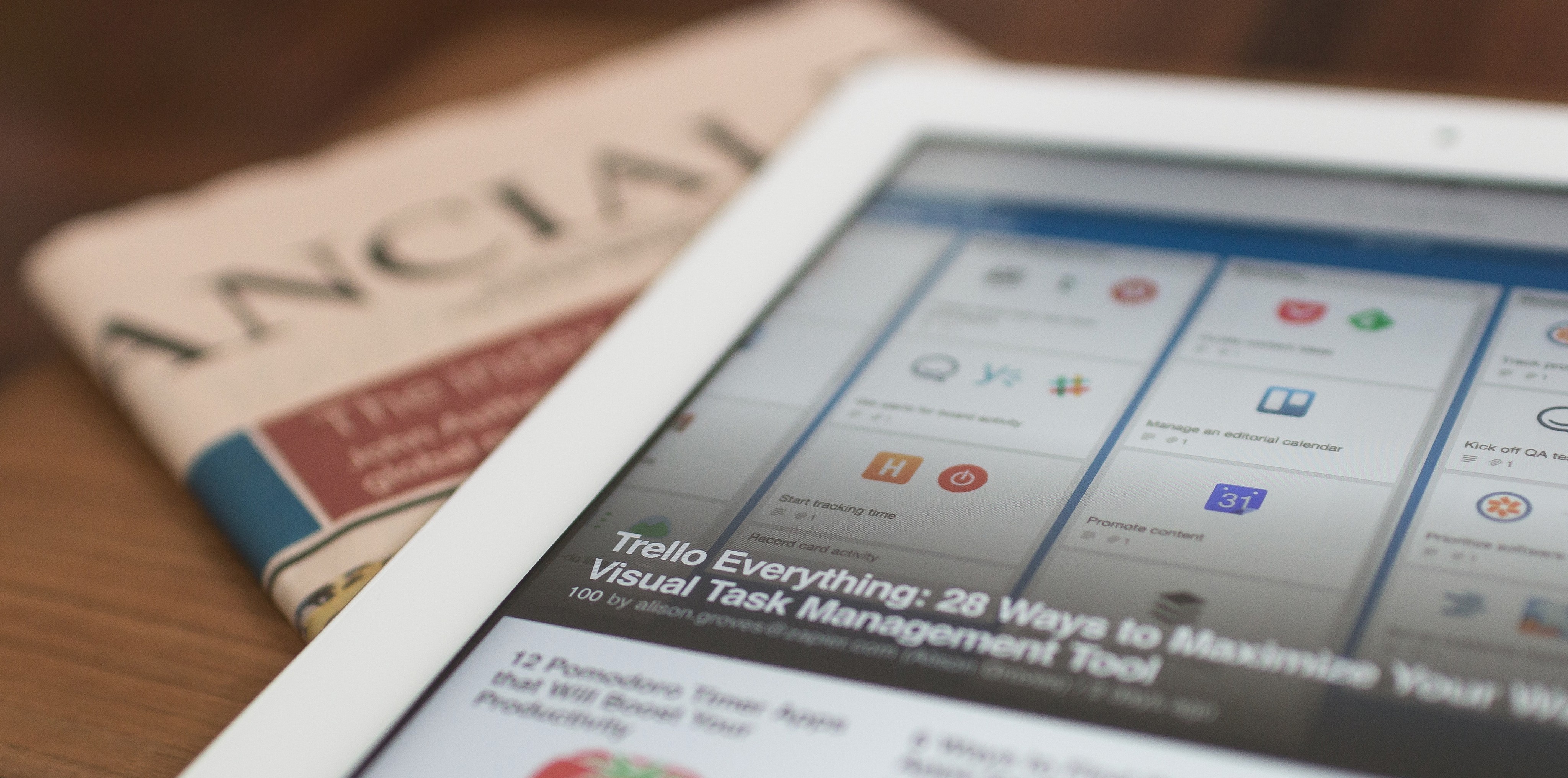
Taskplanner and Trello integration
Apr 24, 2023

Reclaim alternative
Apr 22, 2023

Task Planning and Task planner
Apr 22, 2023

Google Calendar app and alternatives
Apr 5, 2023

Taskplanner vs Motion
Apr 19, 2023

Use a calendar to manage your plans and increase productivity
Apr 8, 2022

The time slots approach
Mar 15, 2022

Time management tools
Feb 28, 2022

How to prioritize tasks
Feb 6, 2022

How to Create an Effective Design Portfolio
Jan 12, 2022